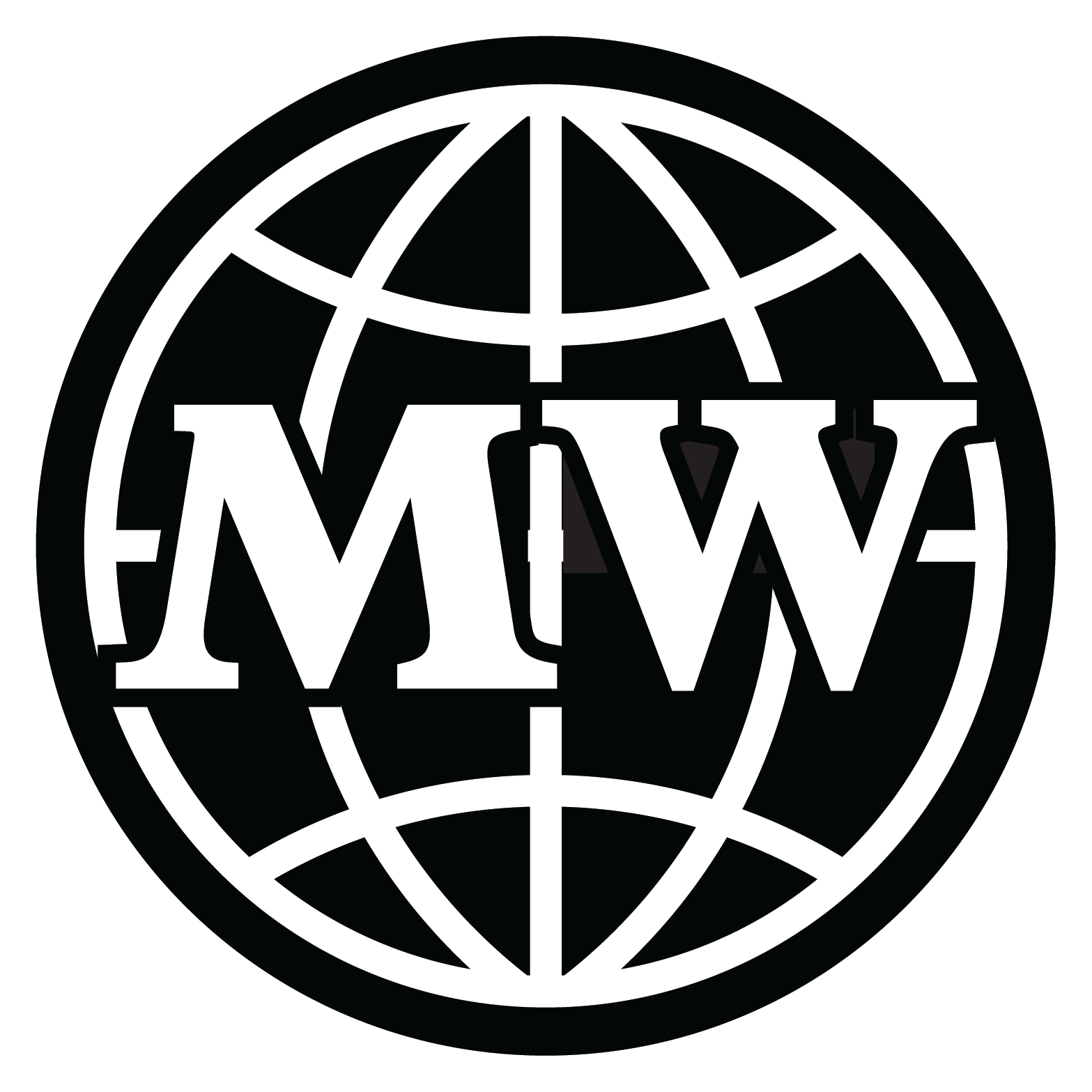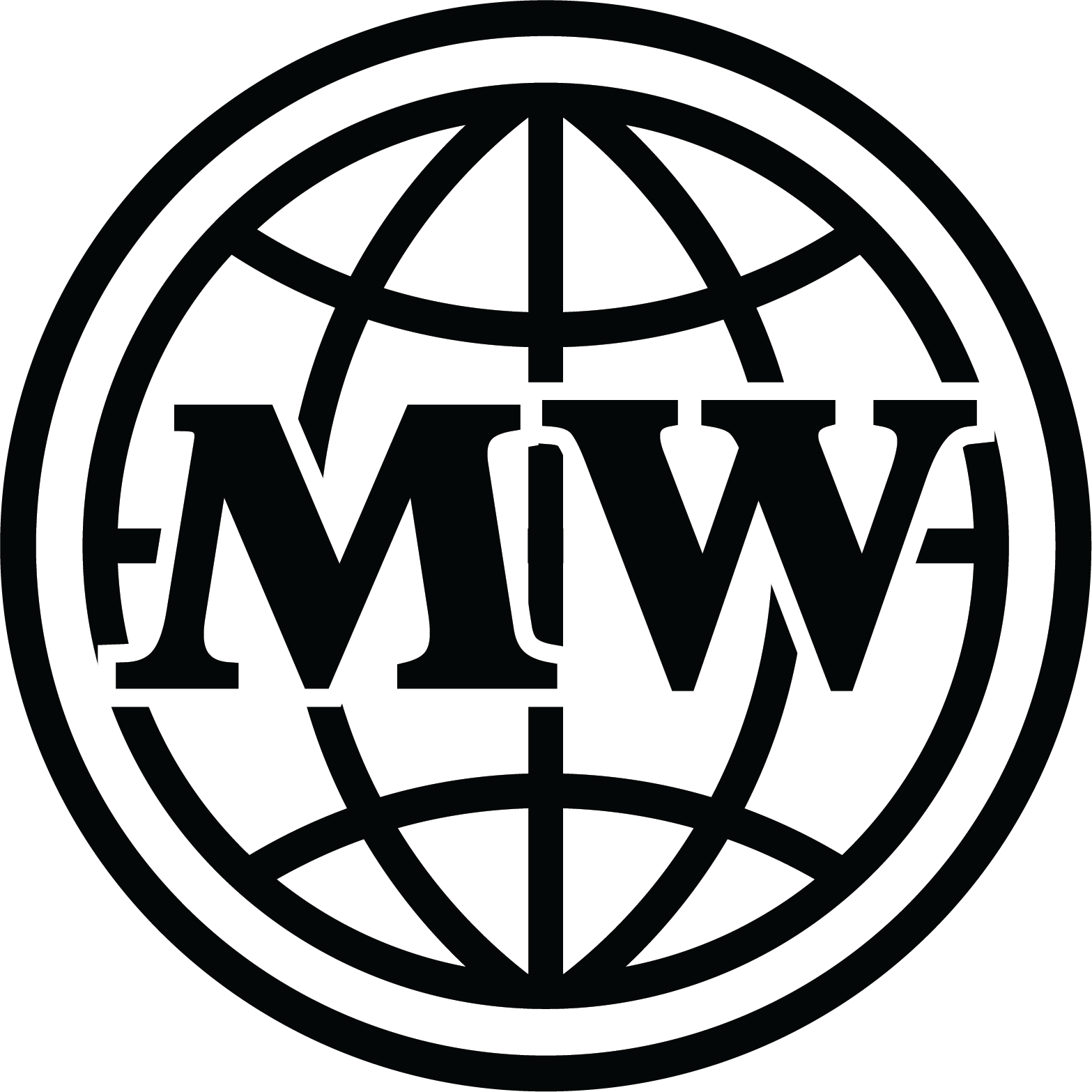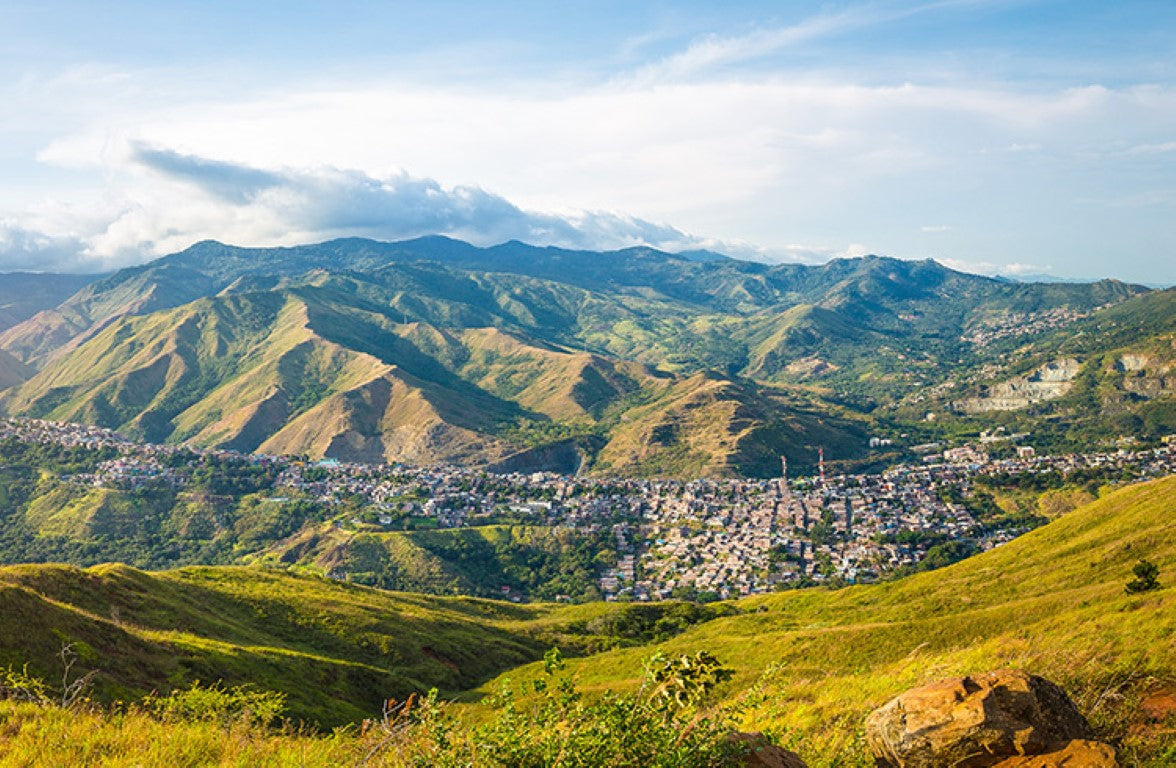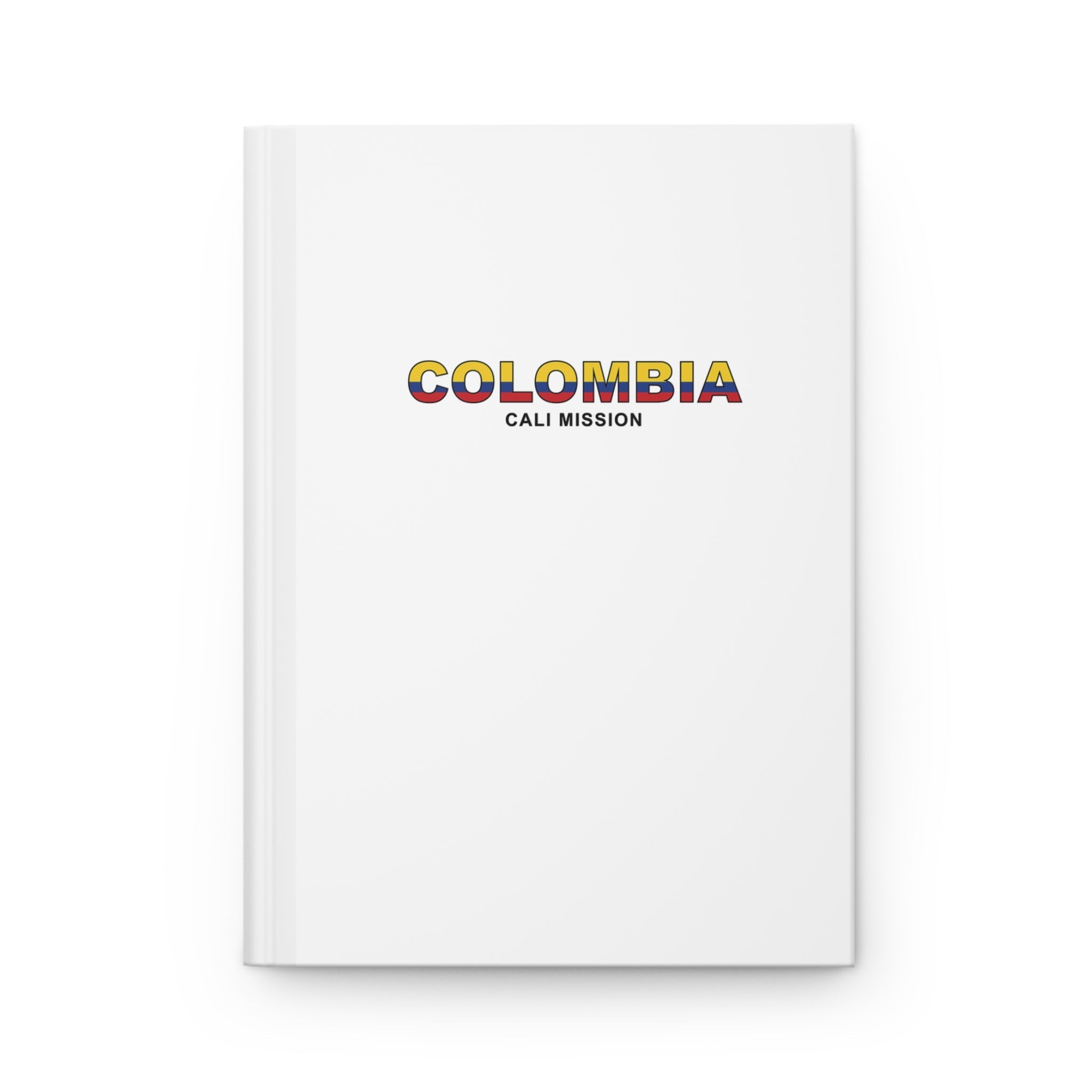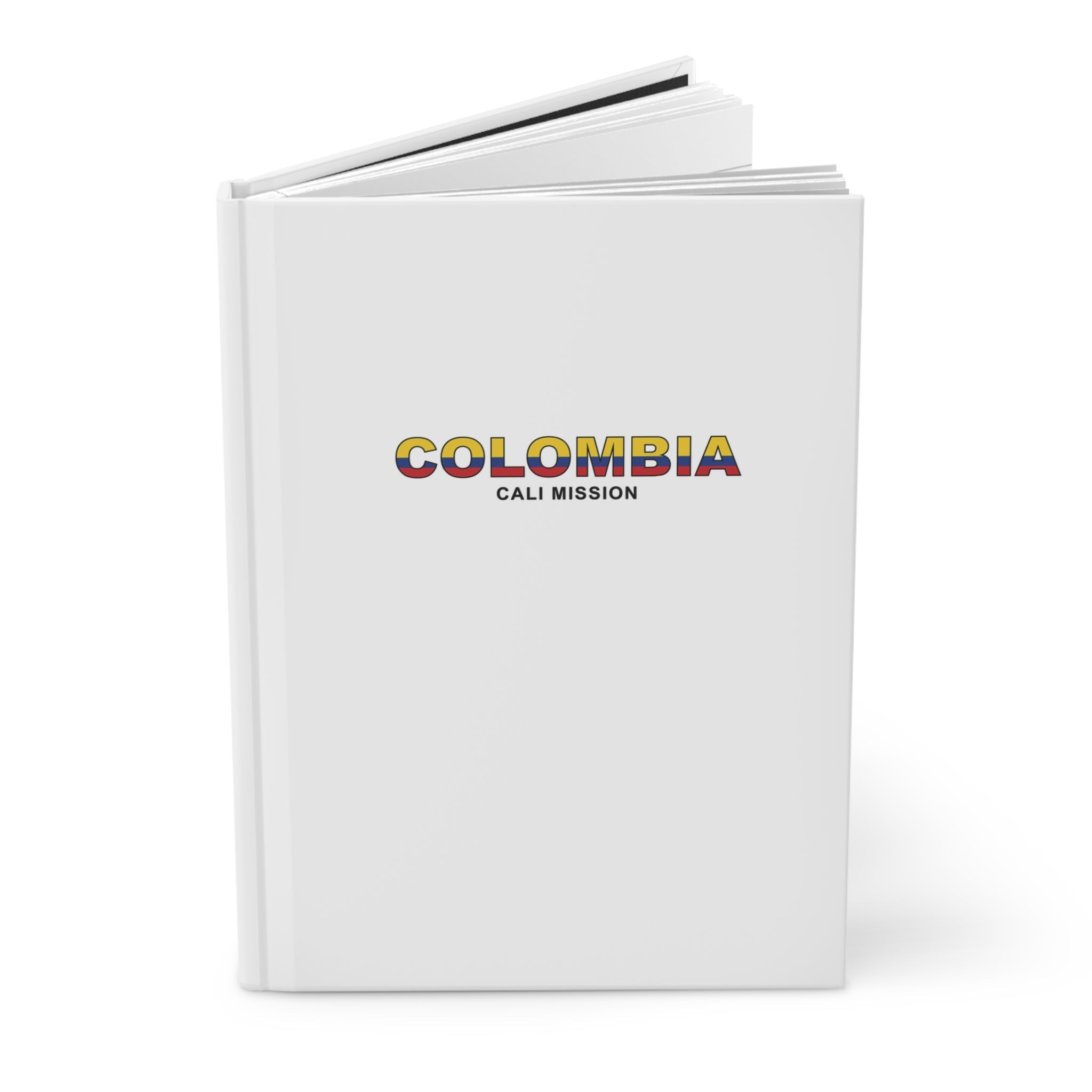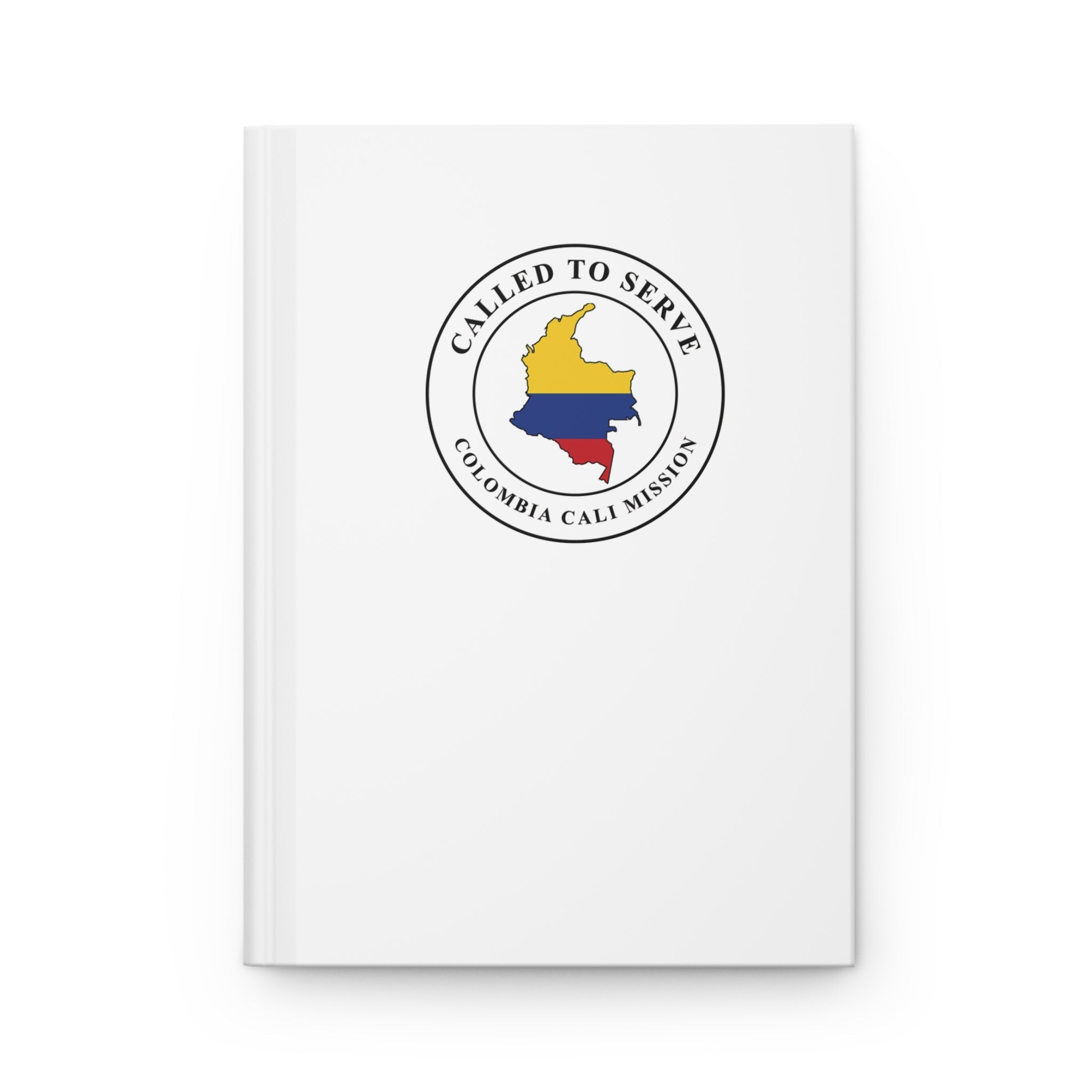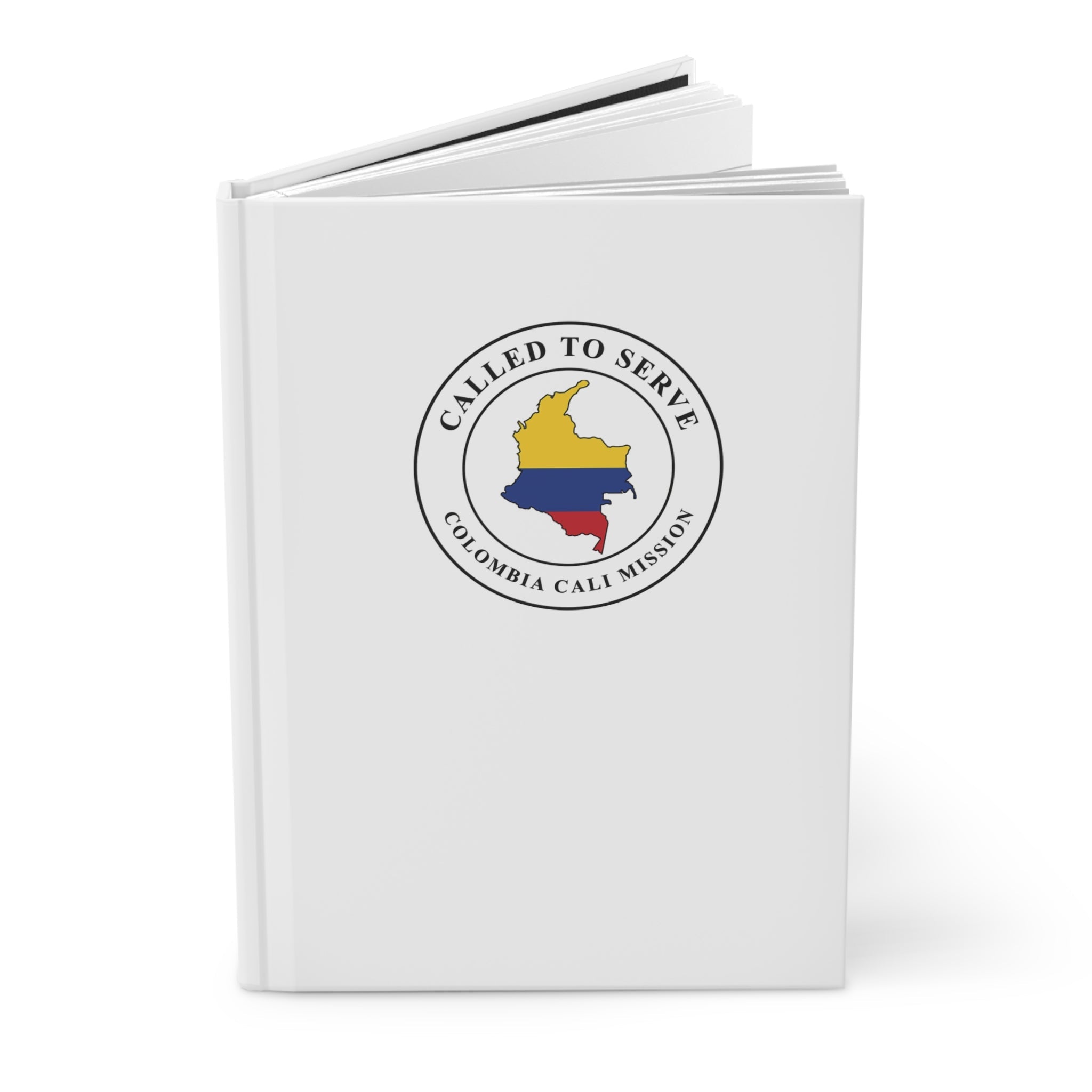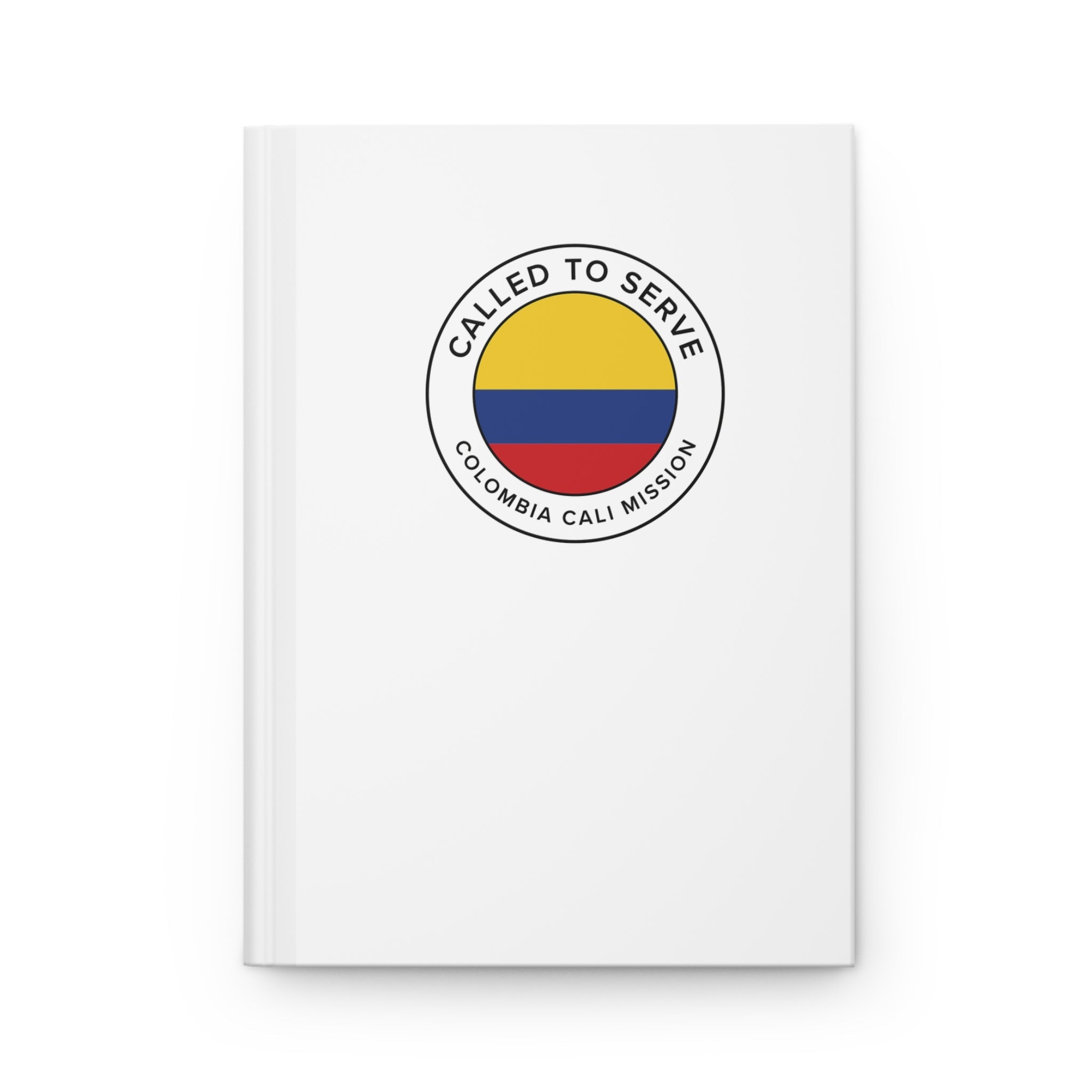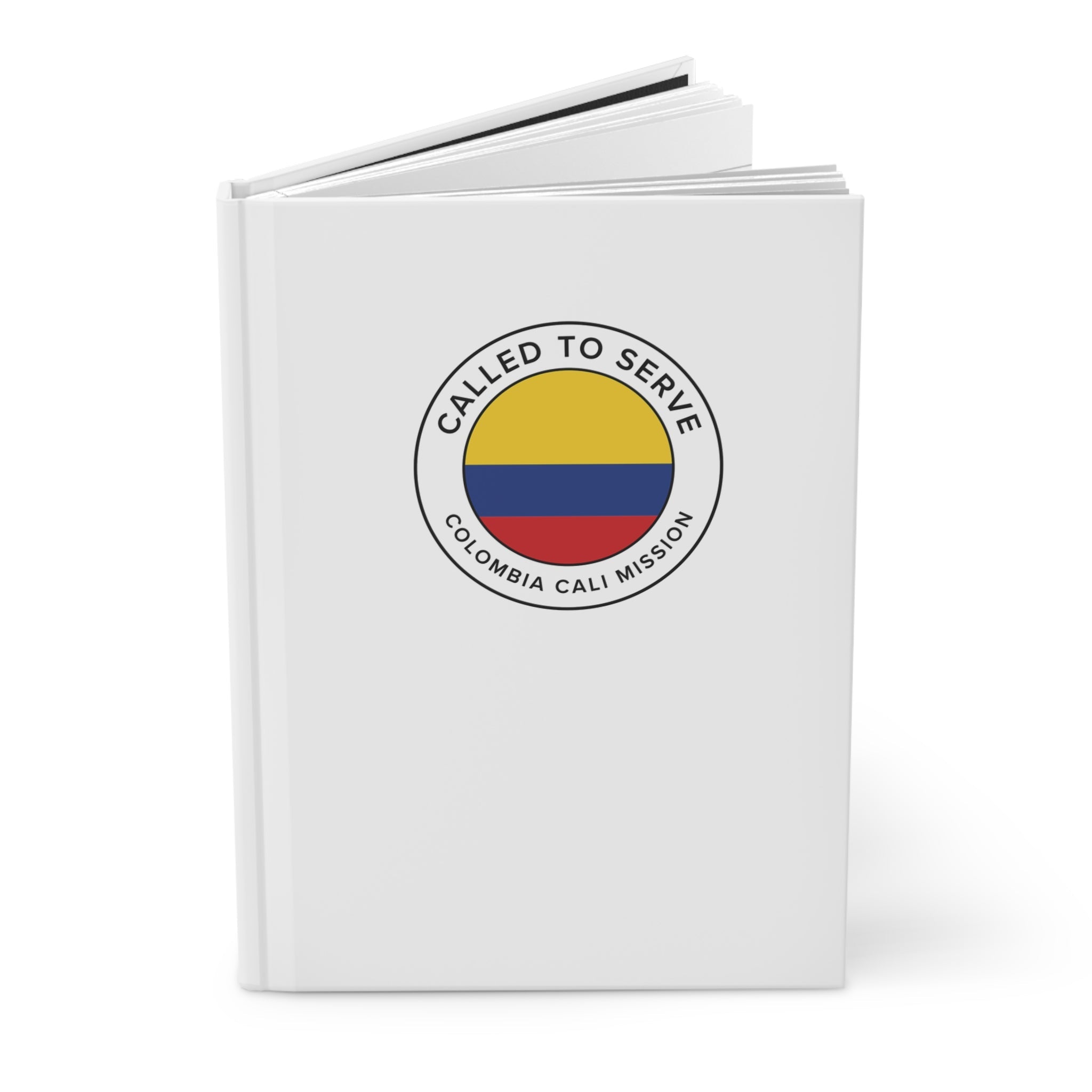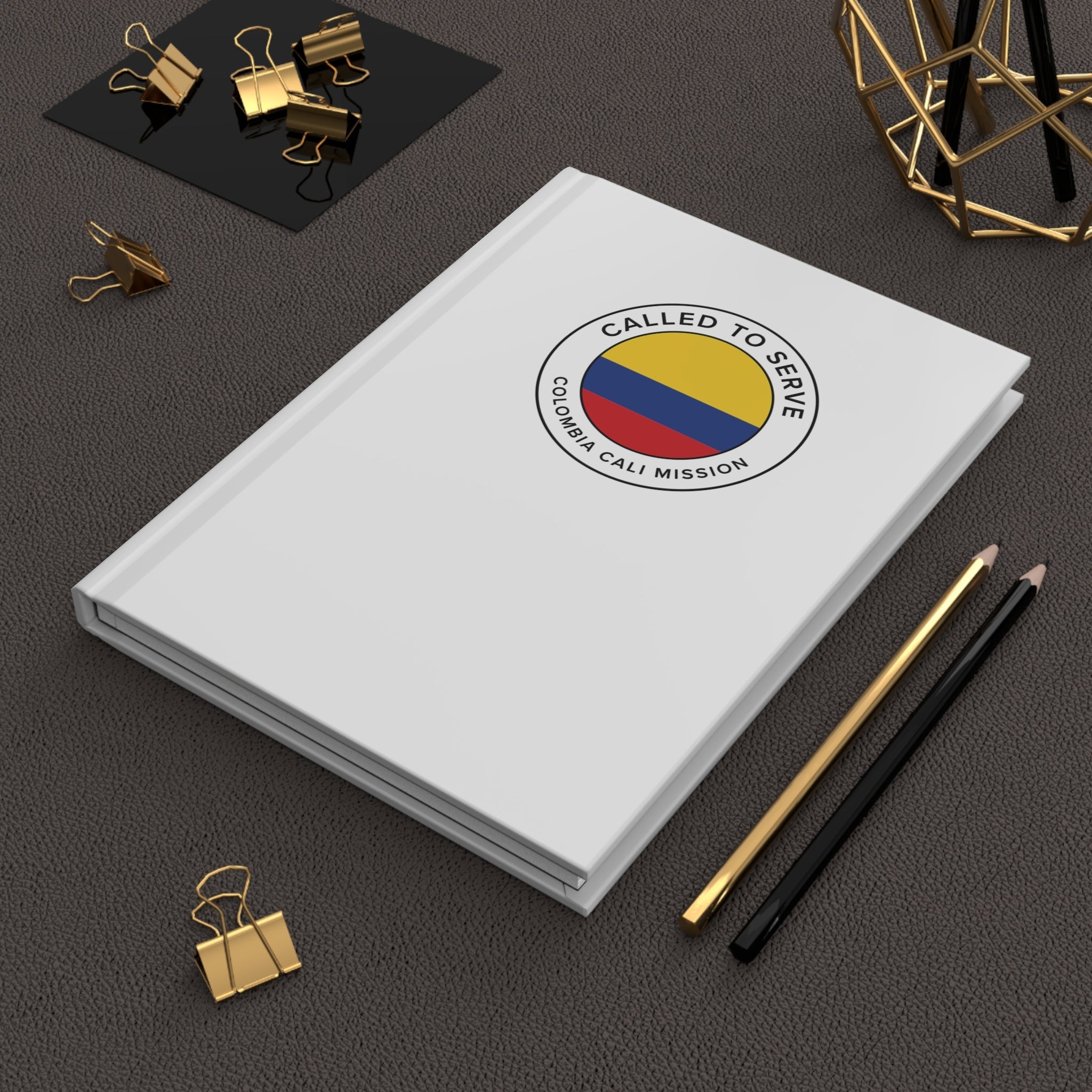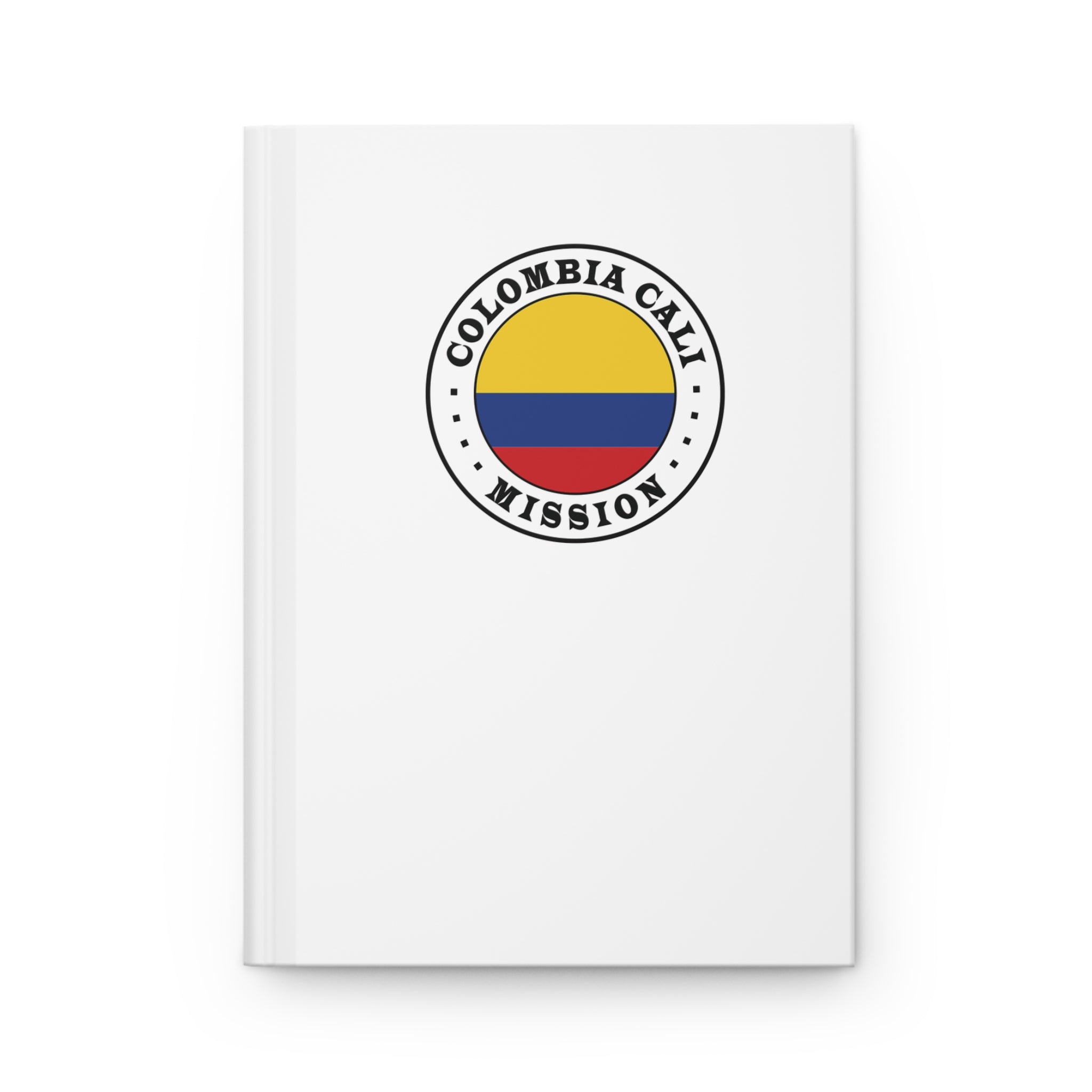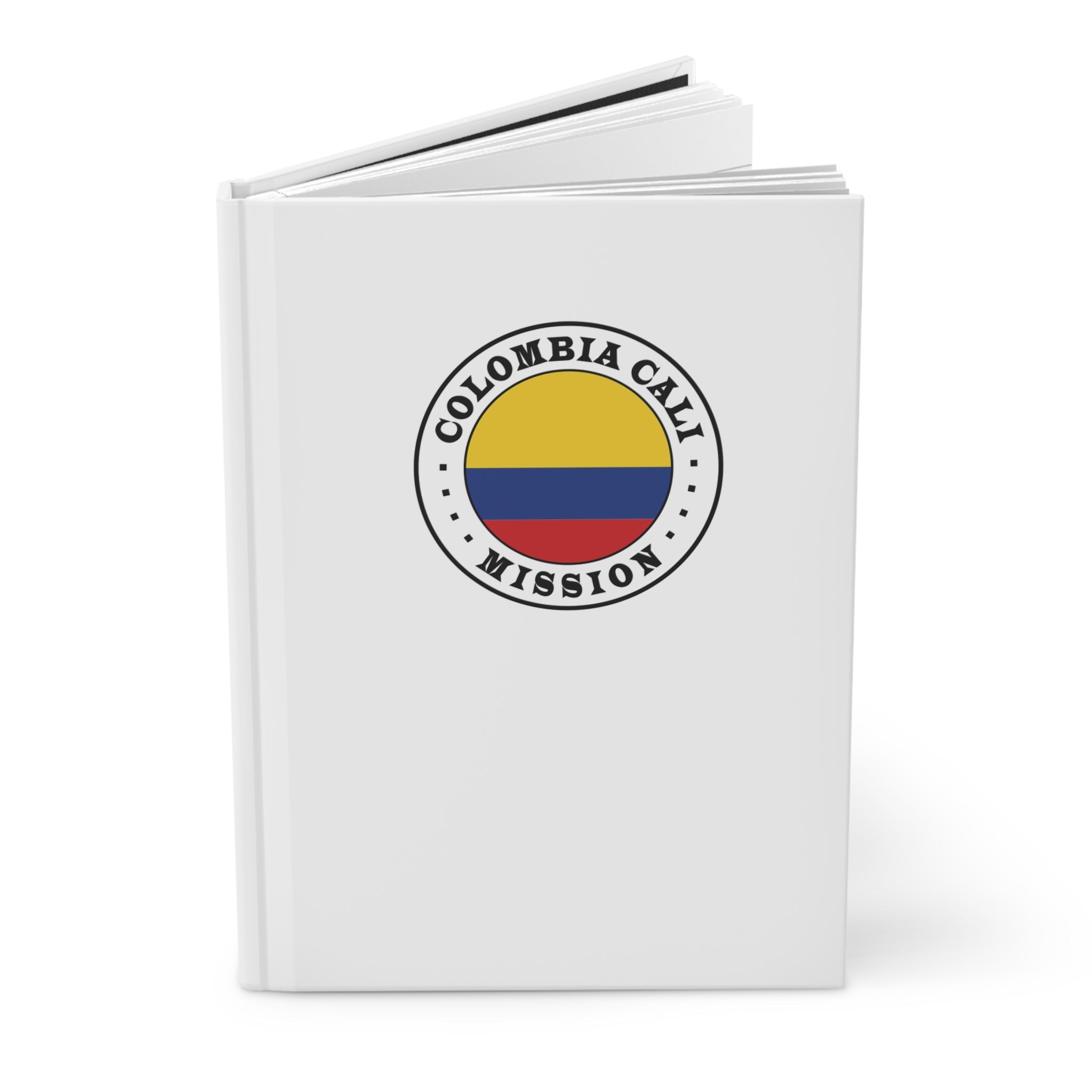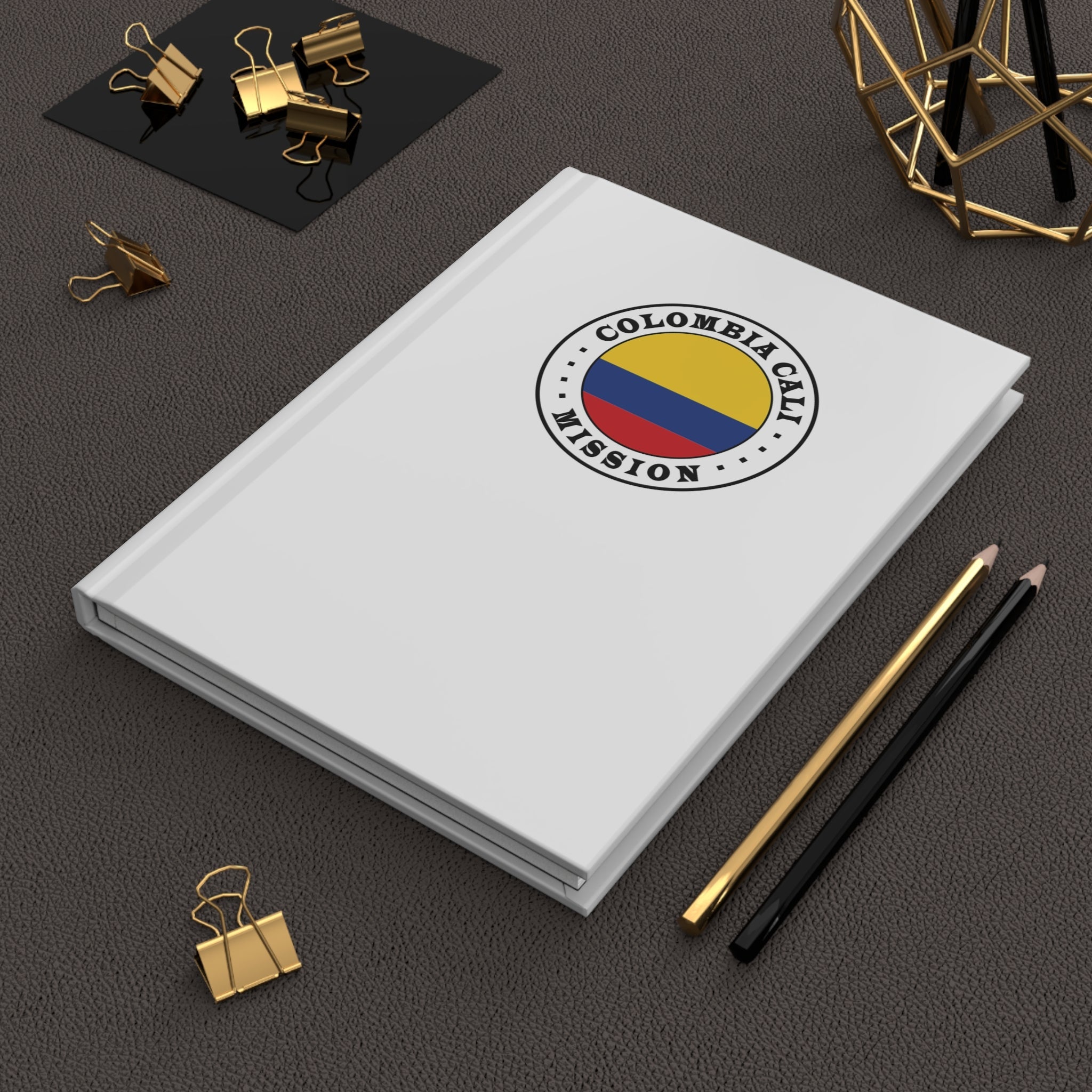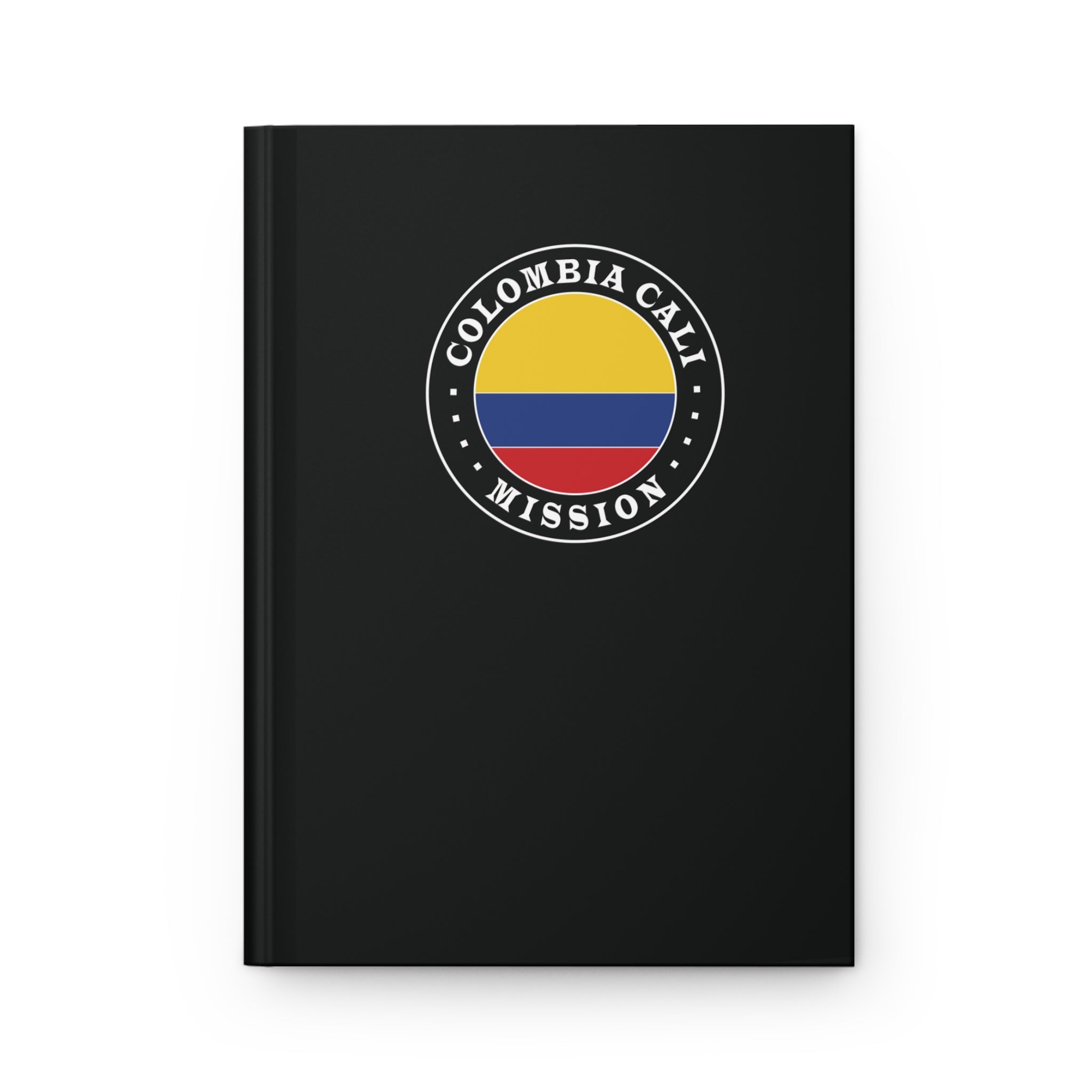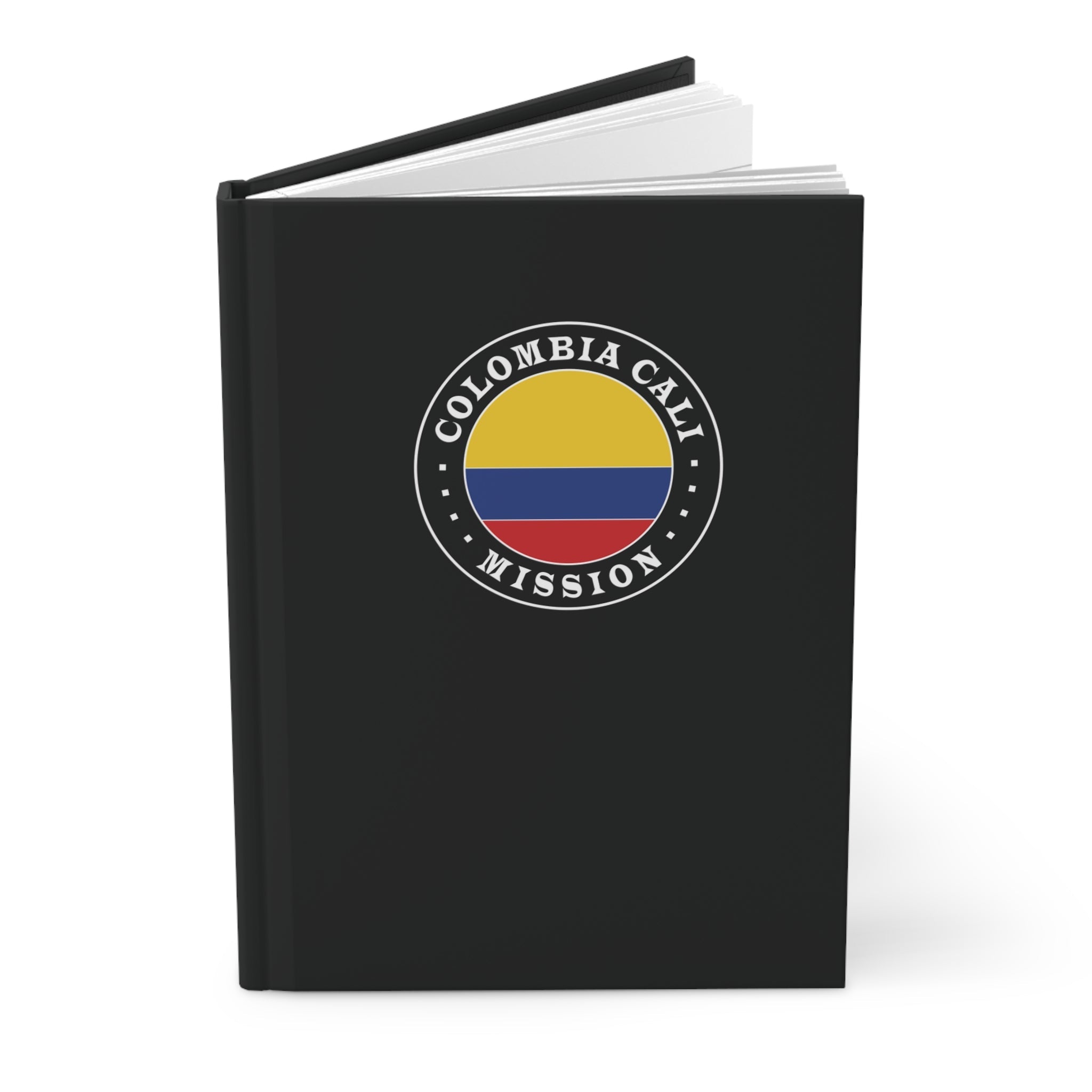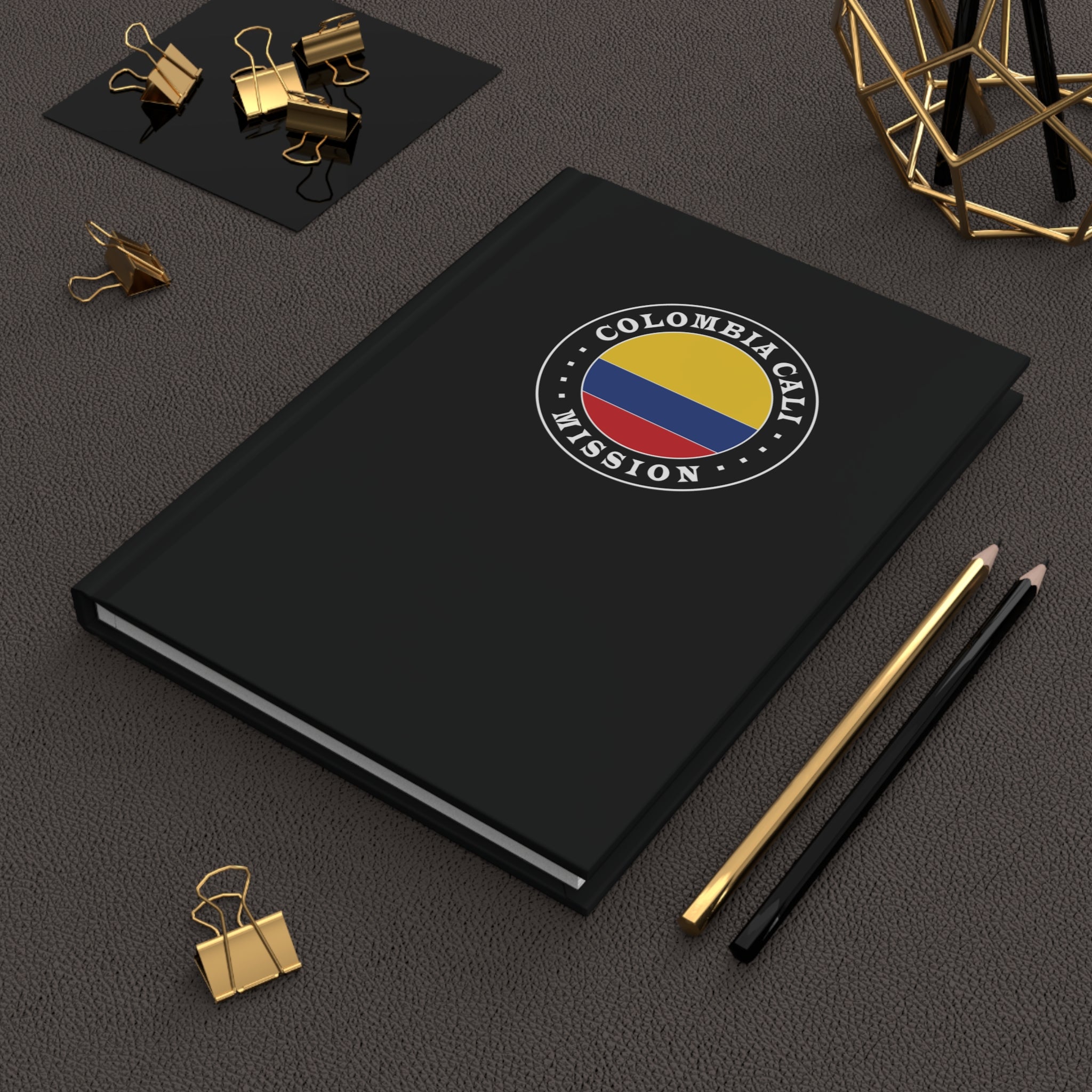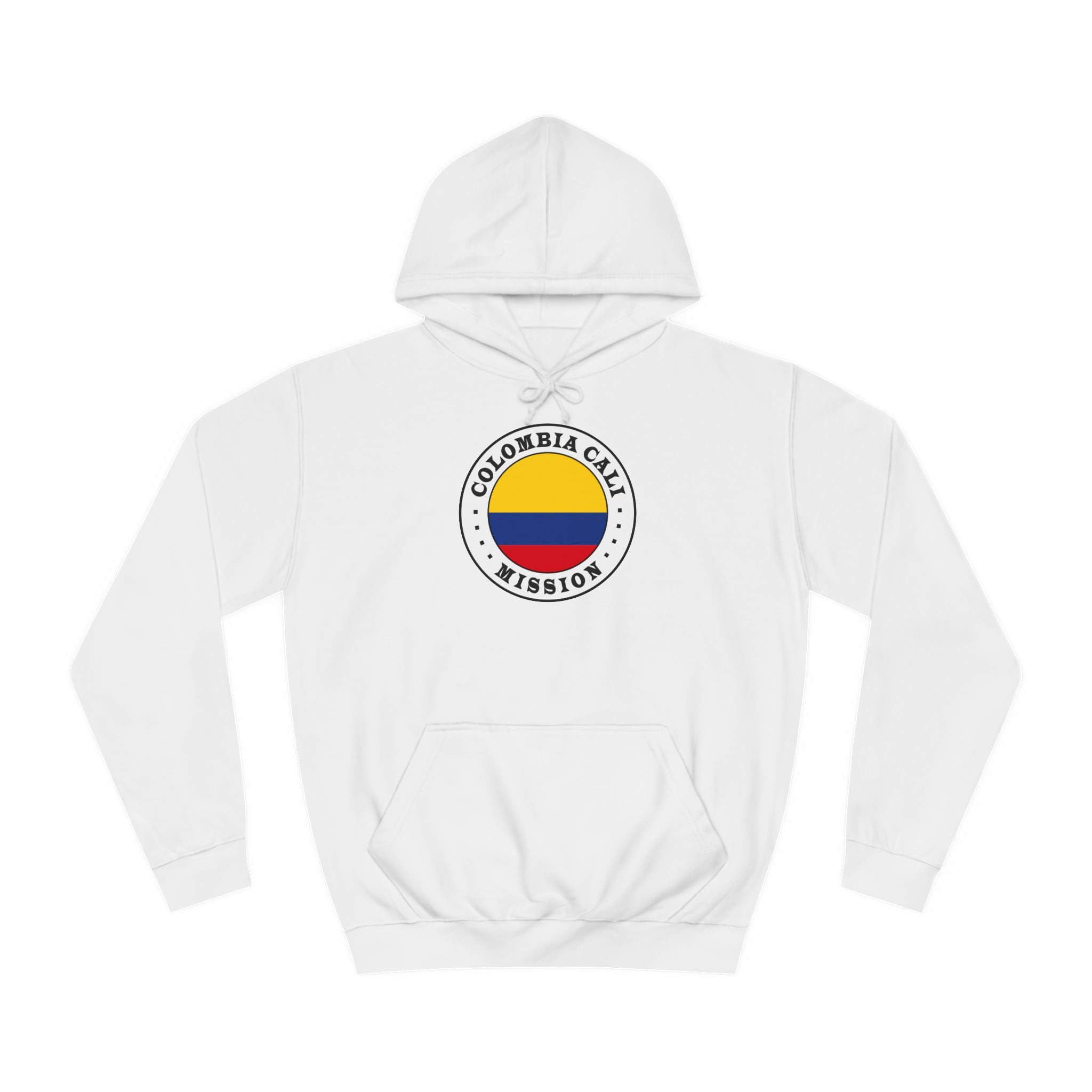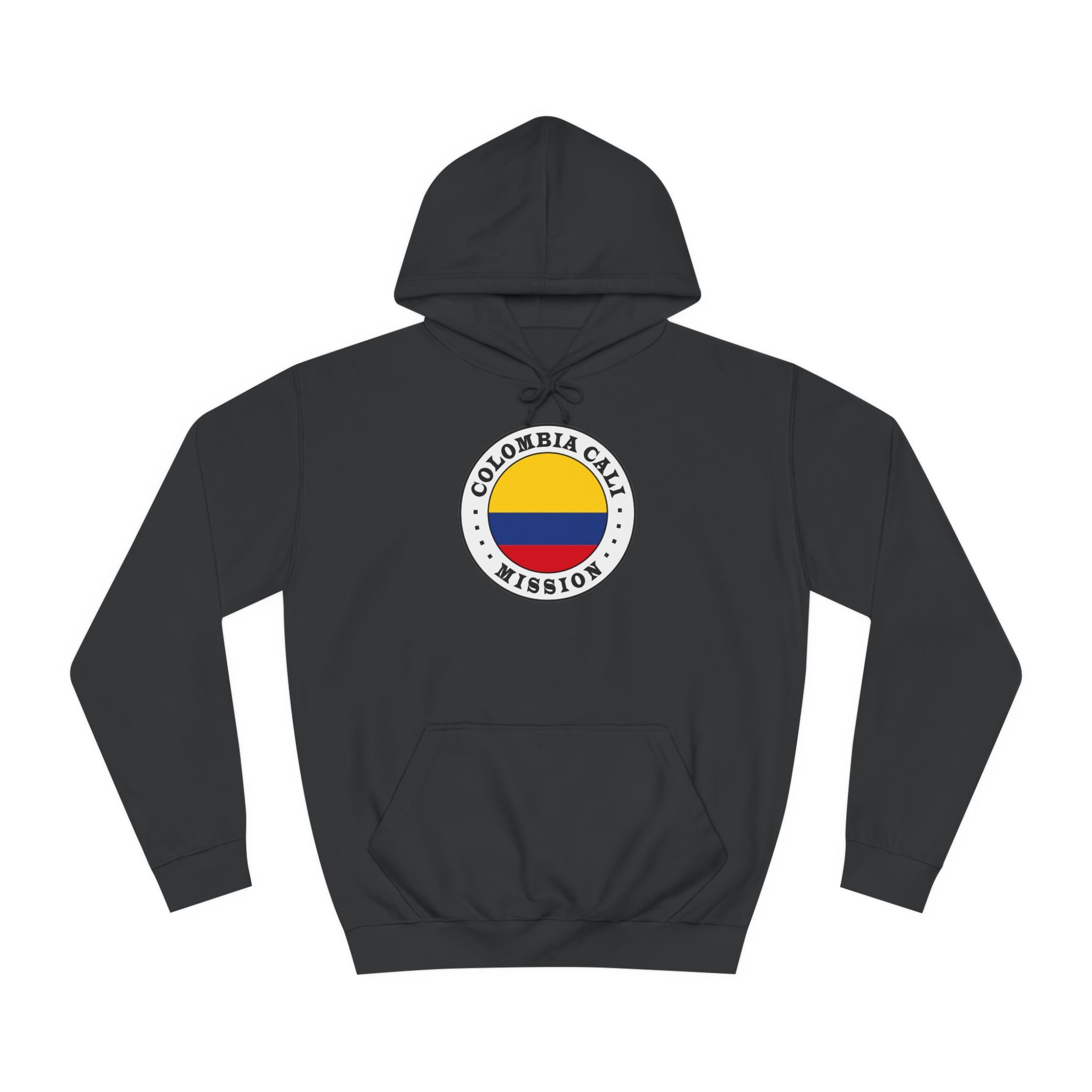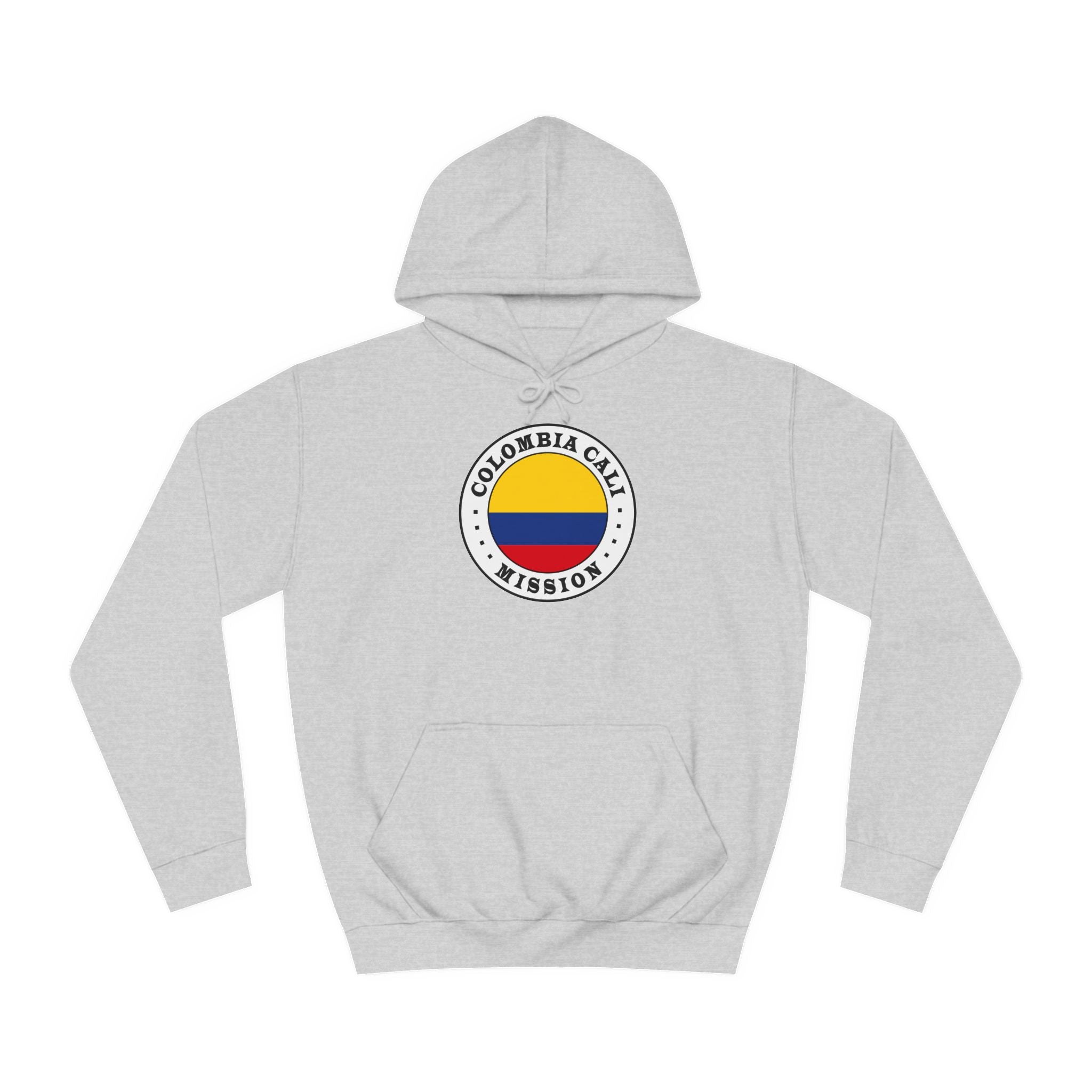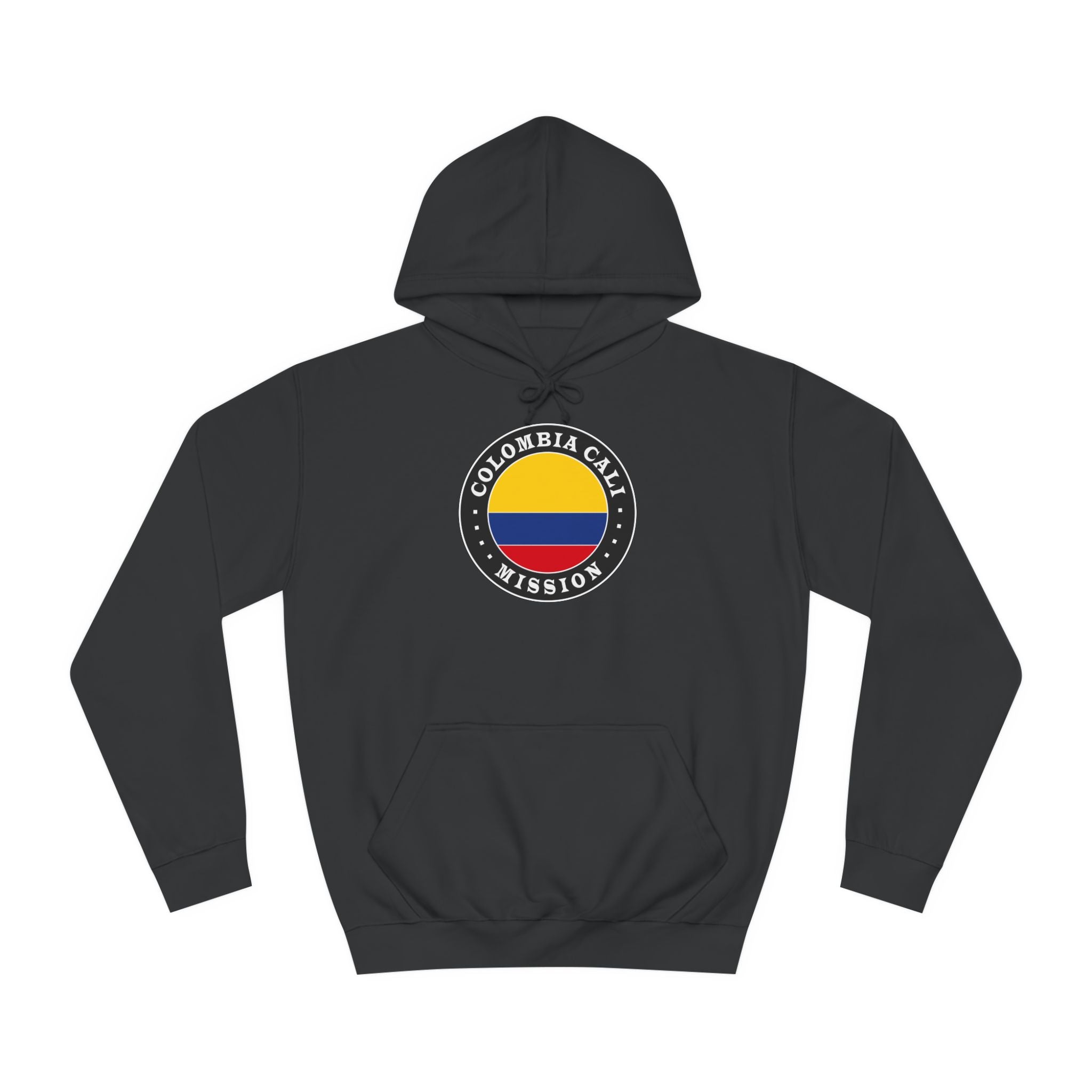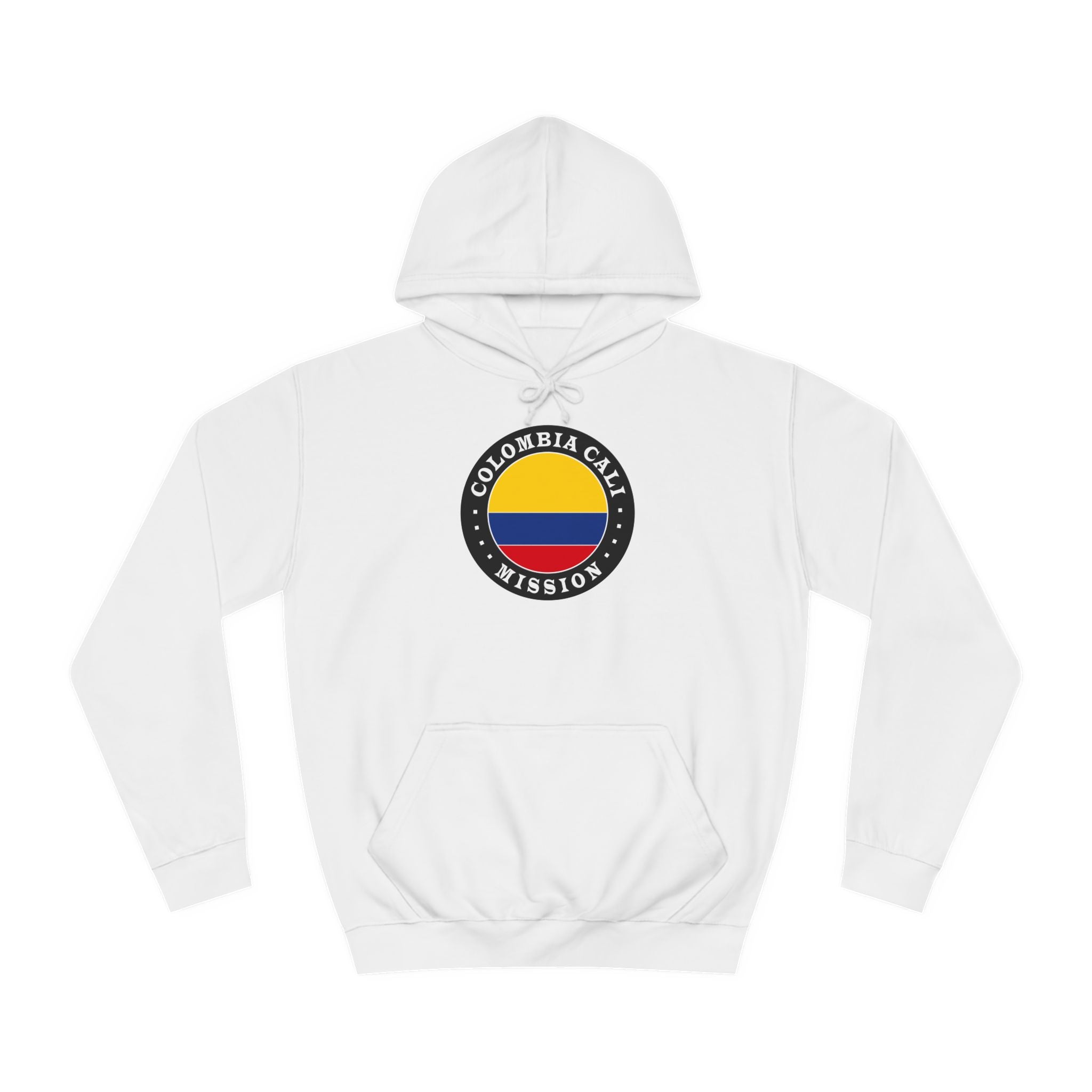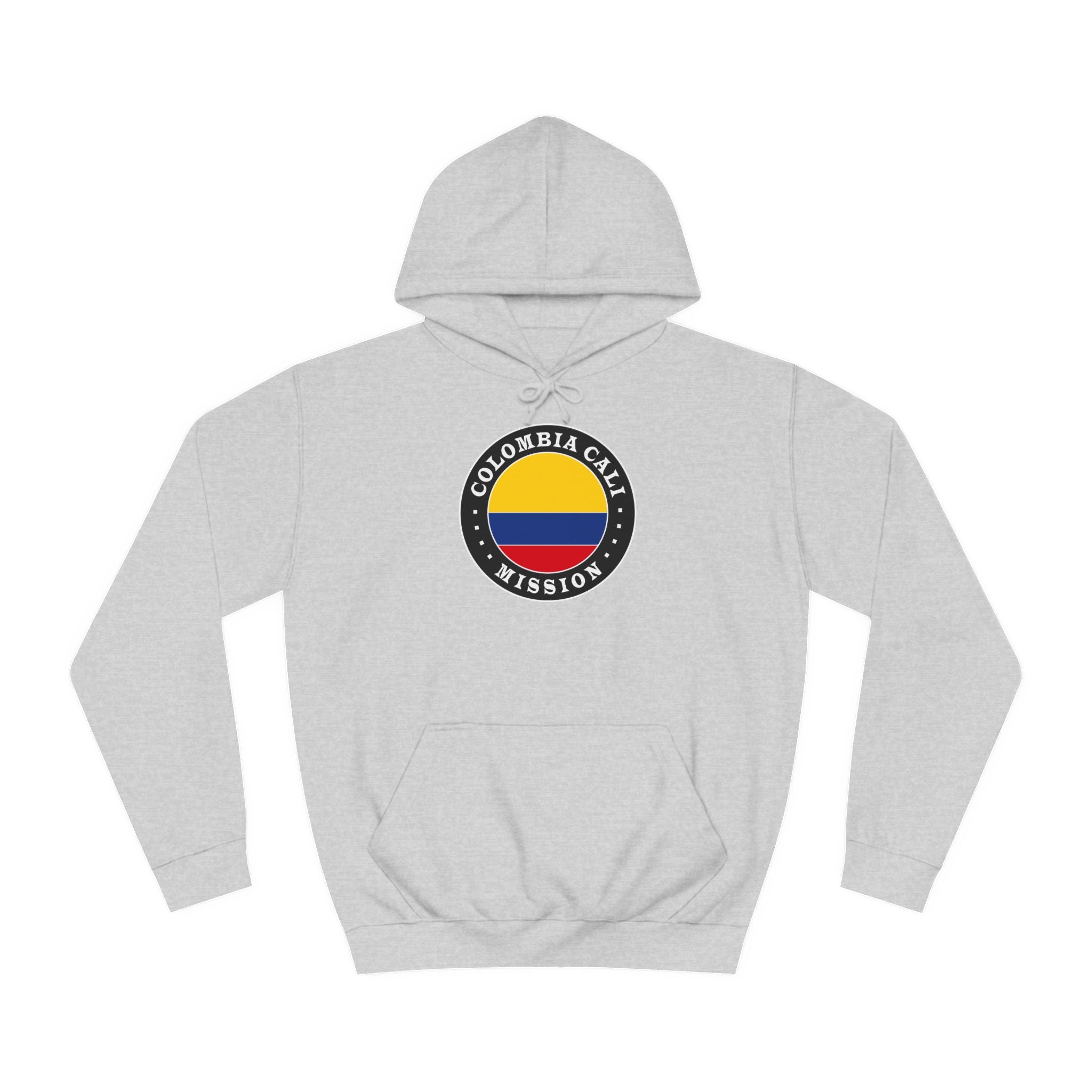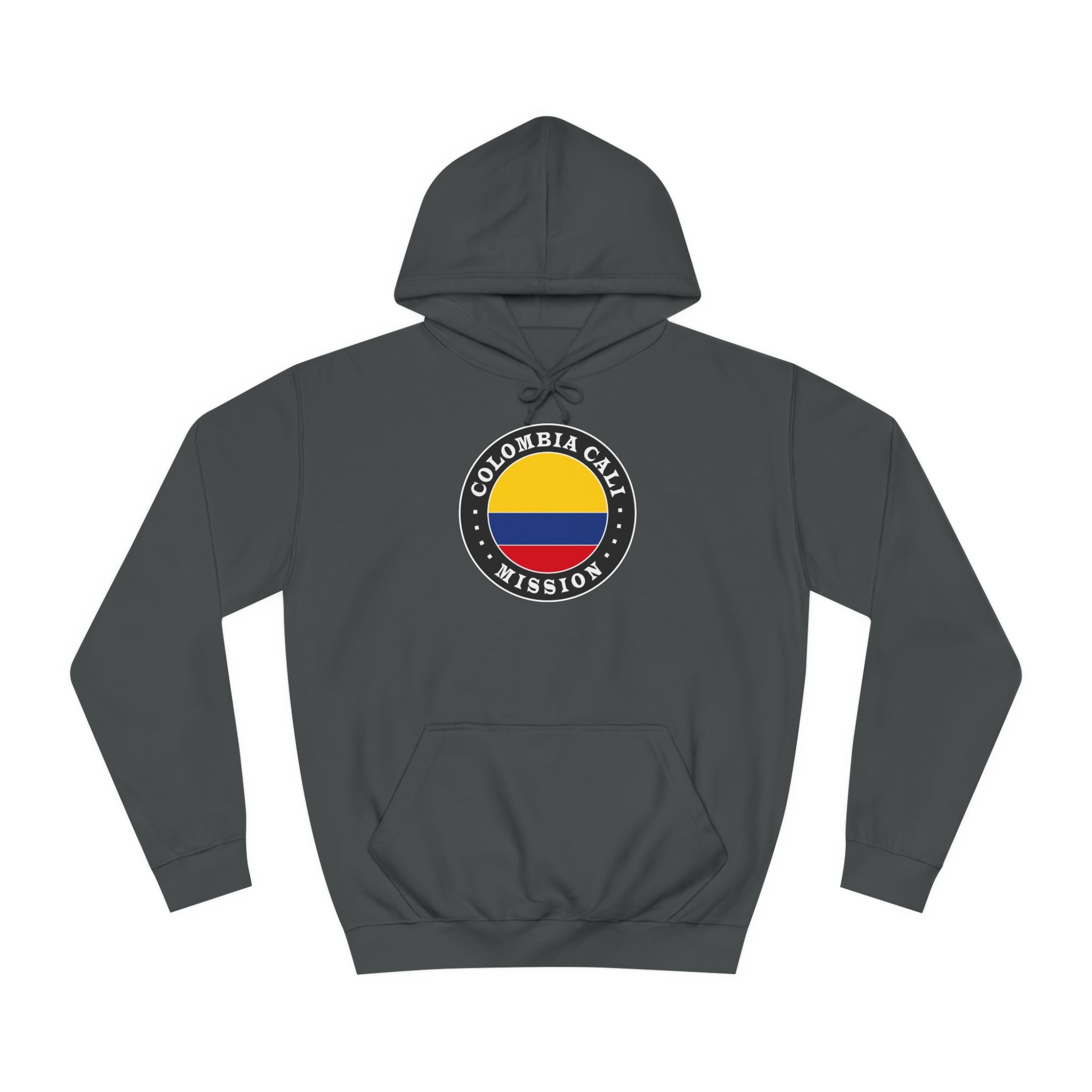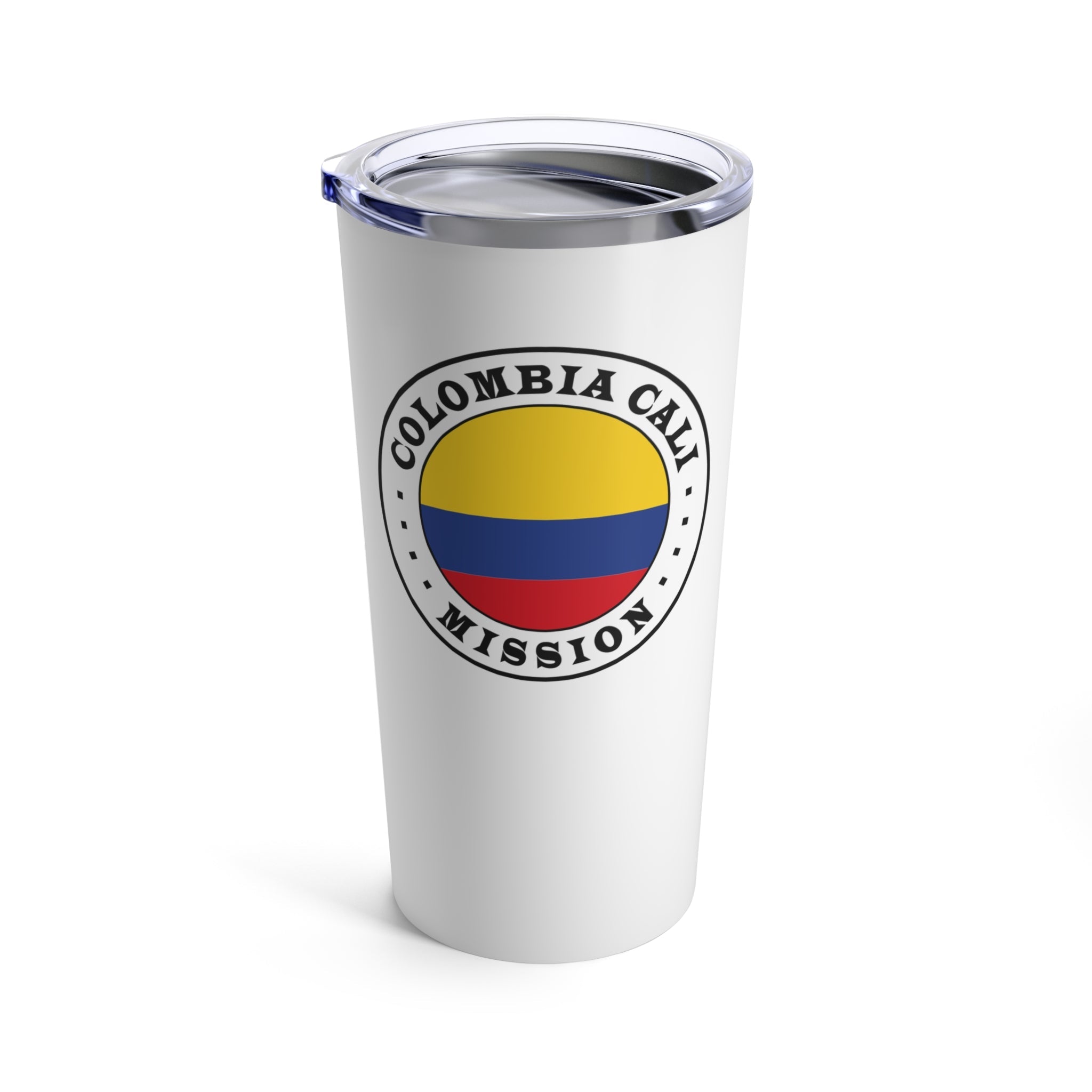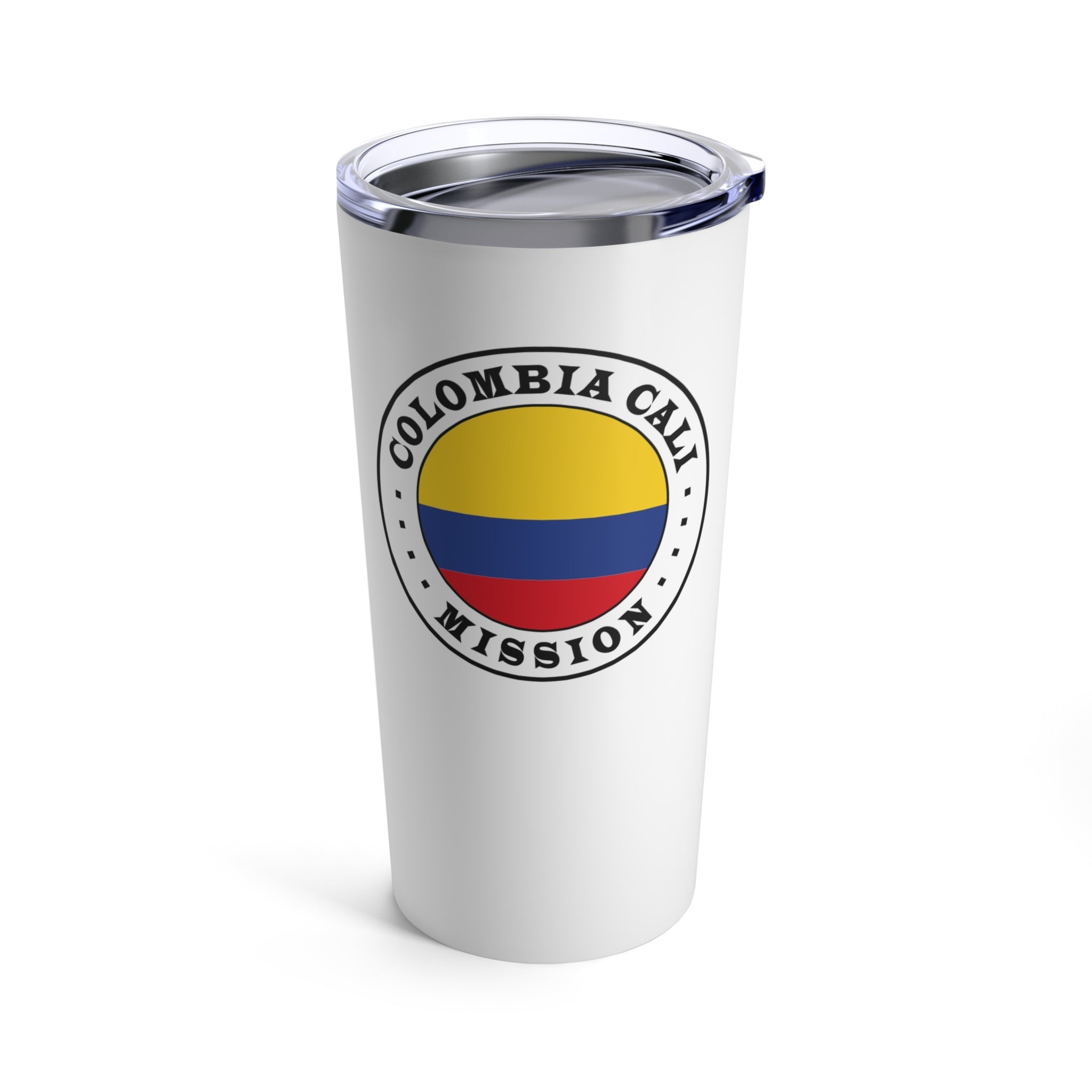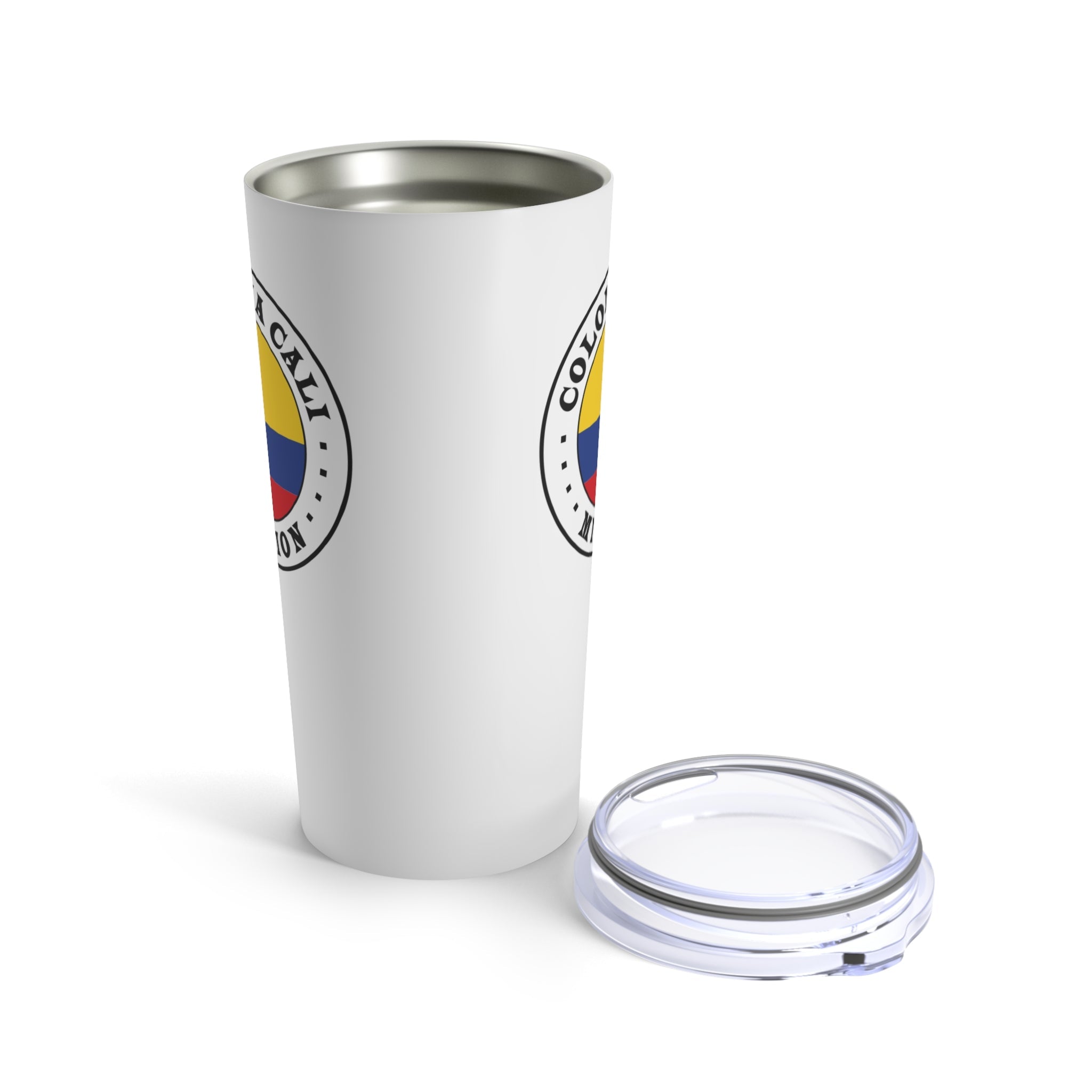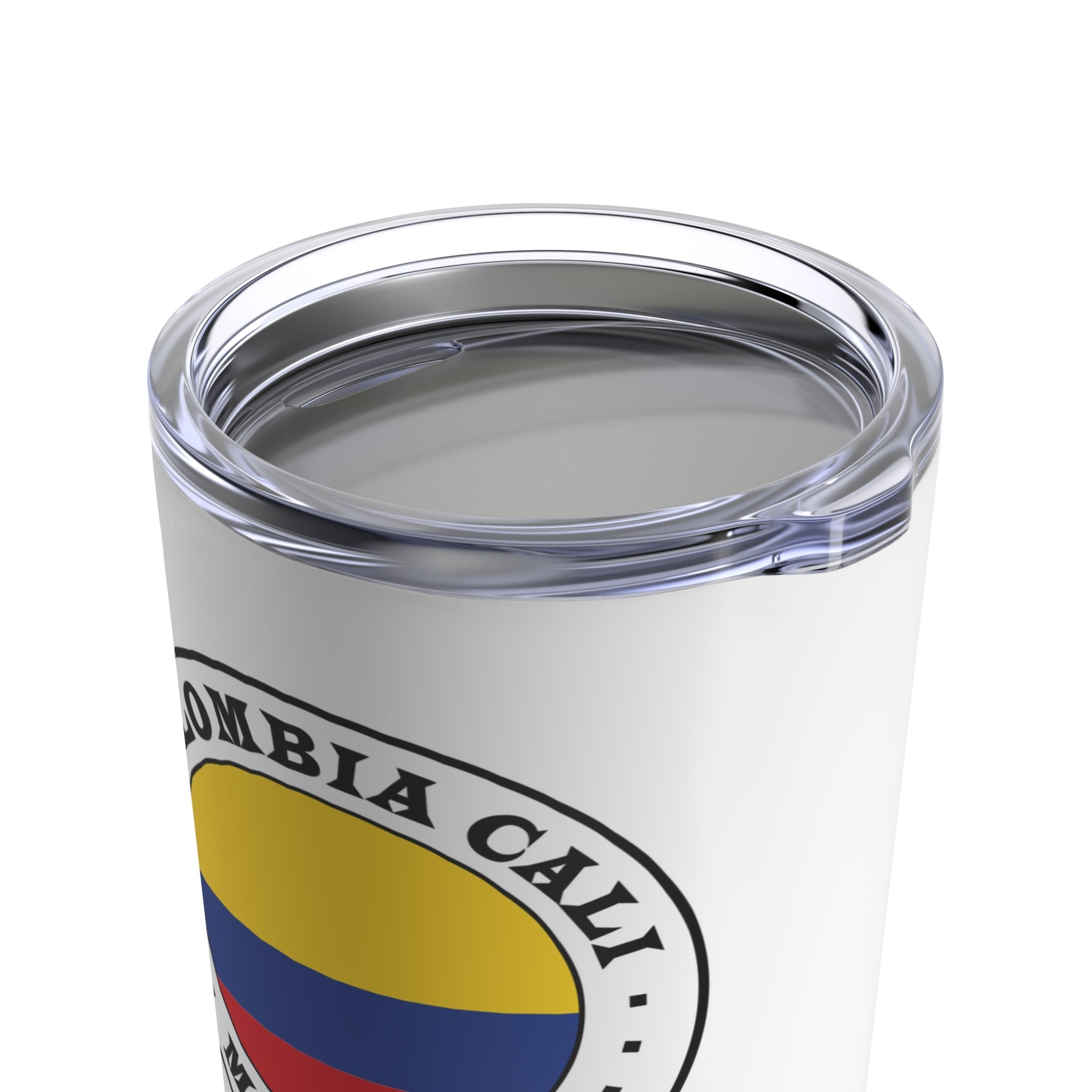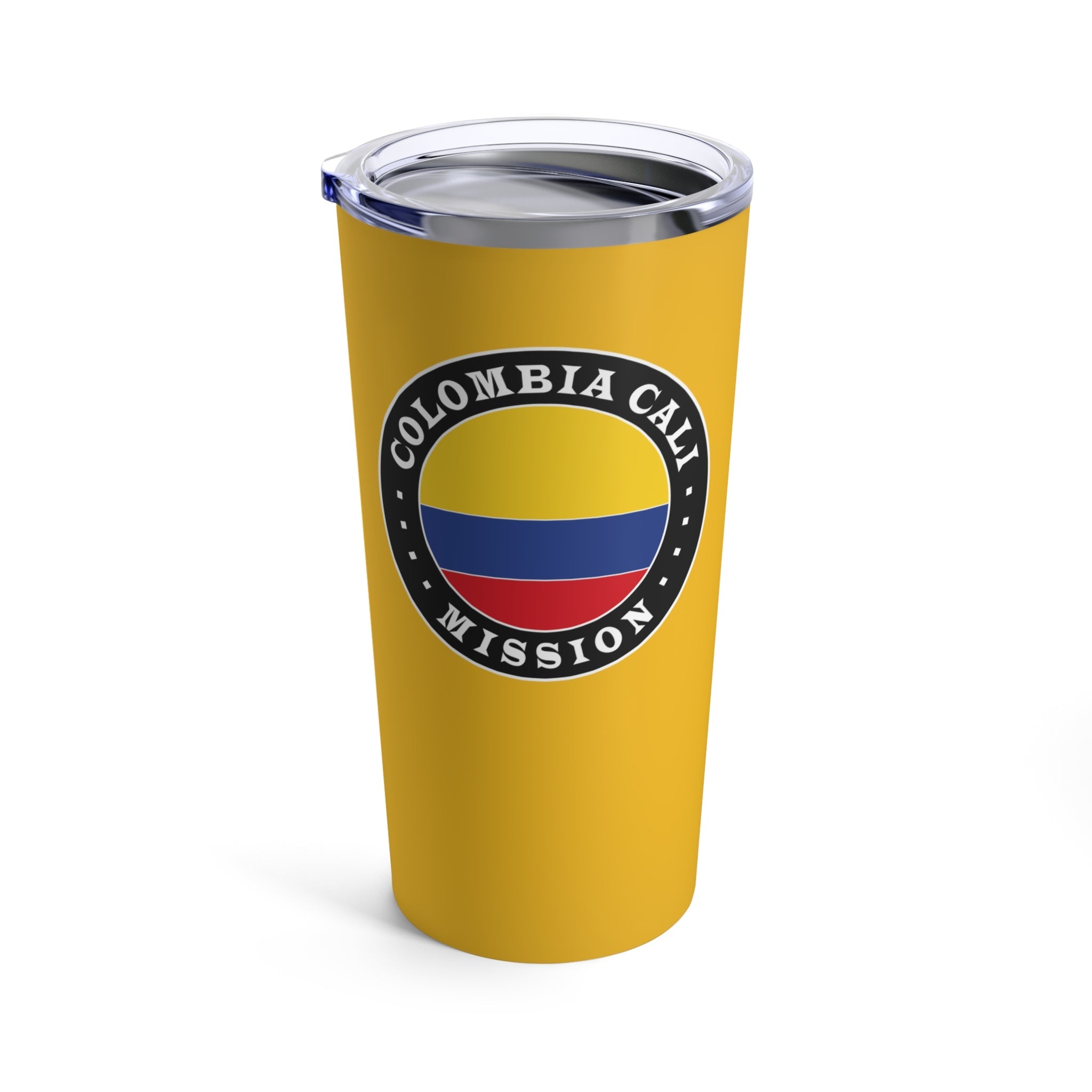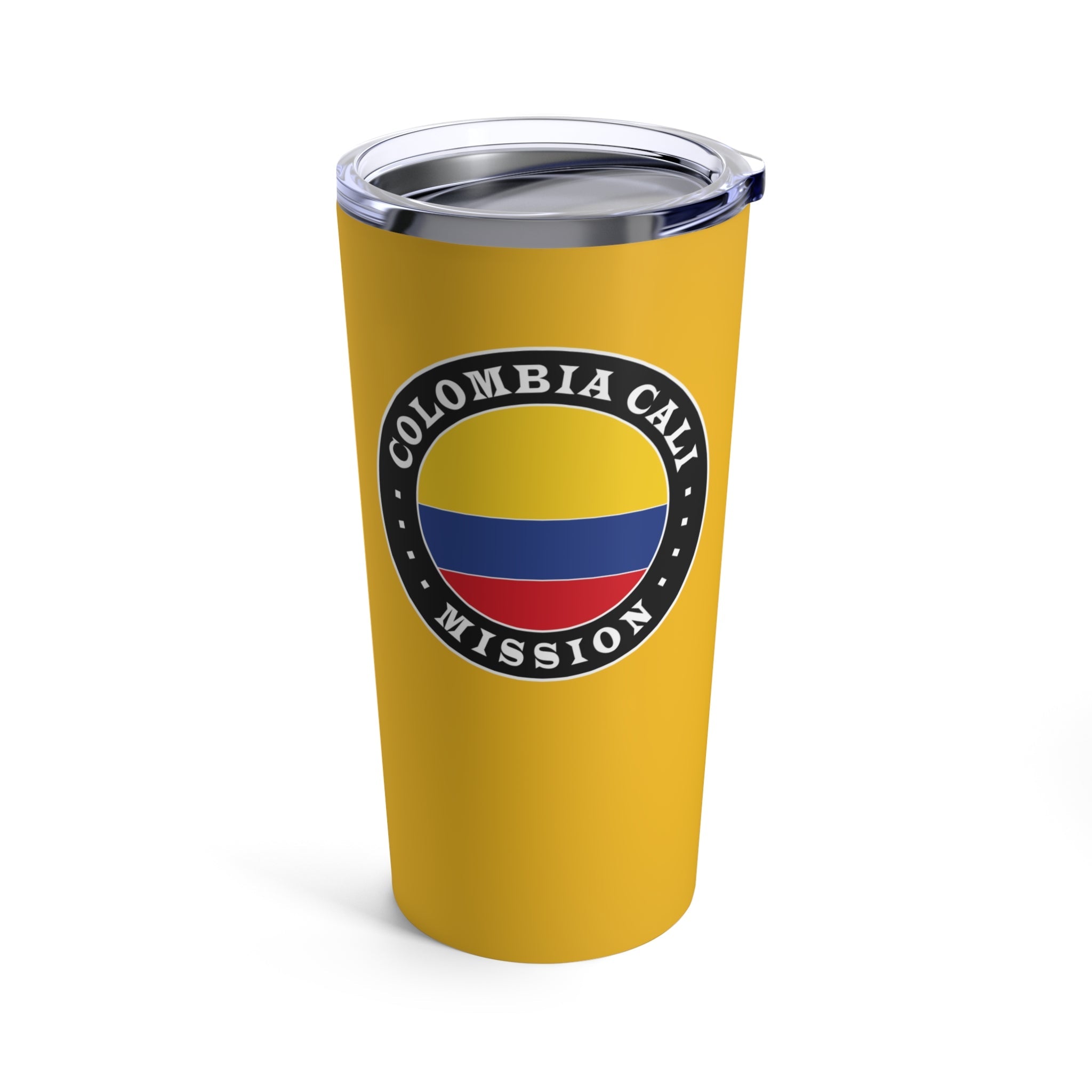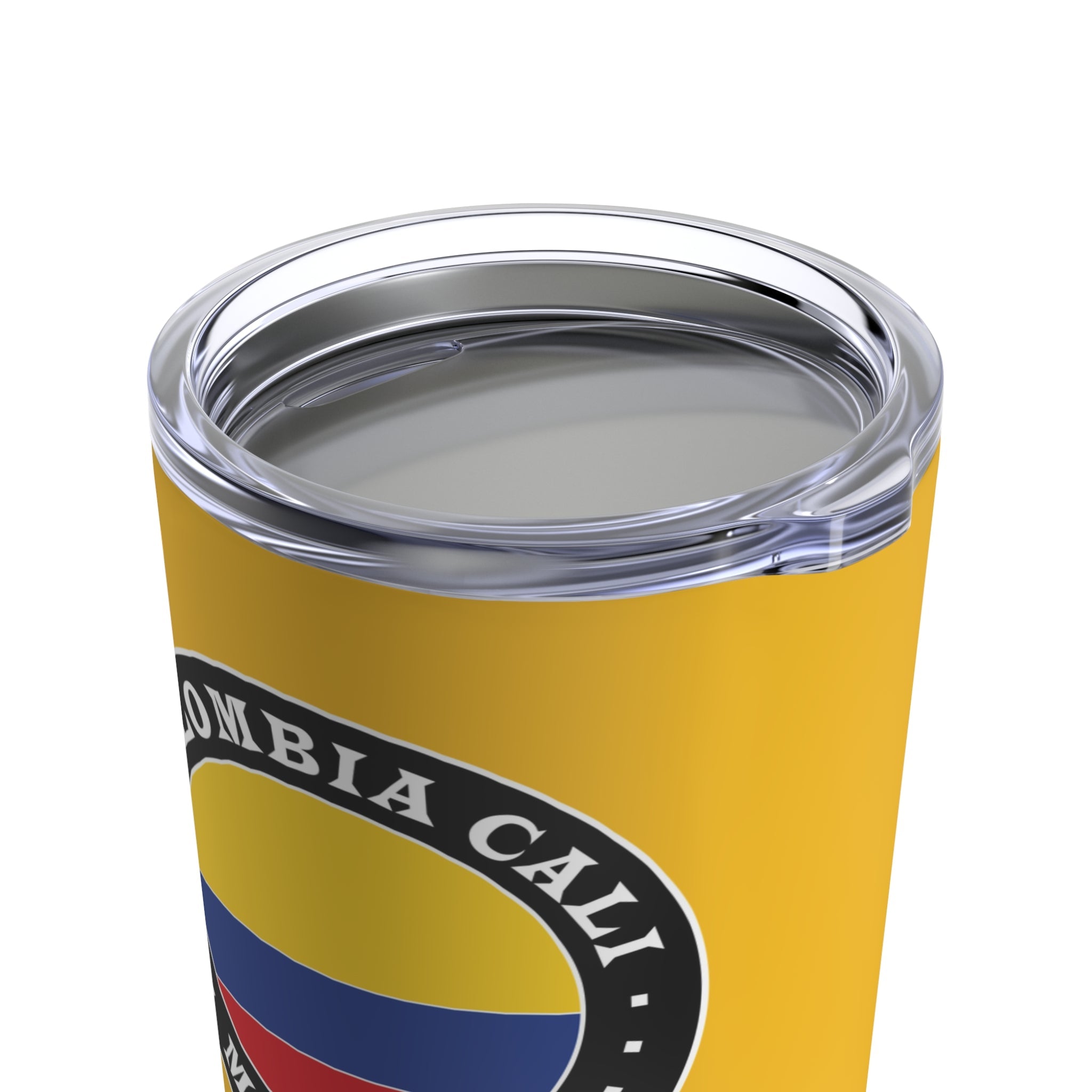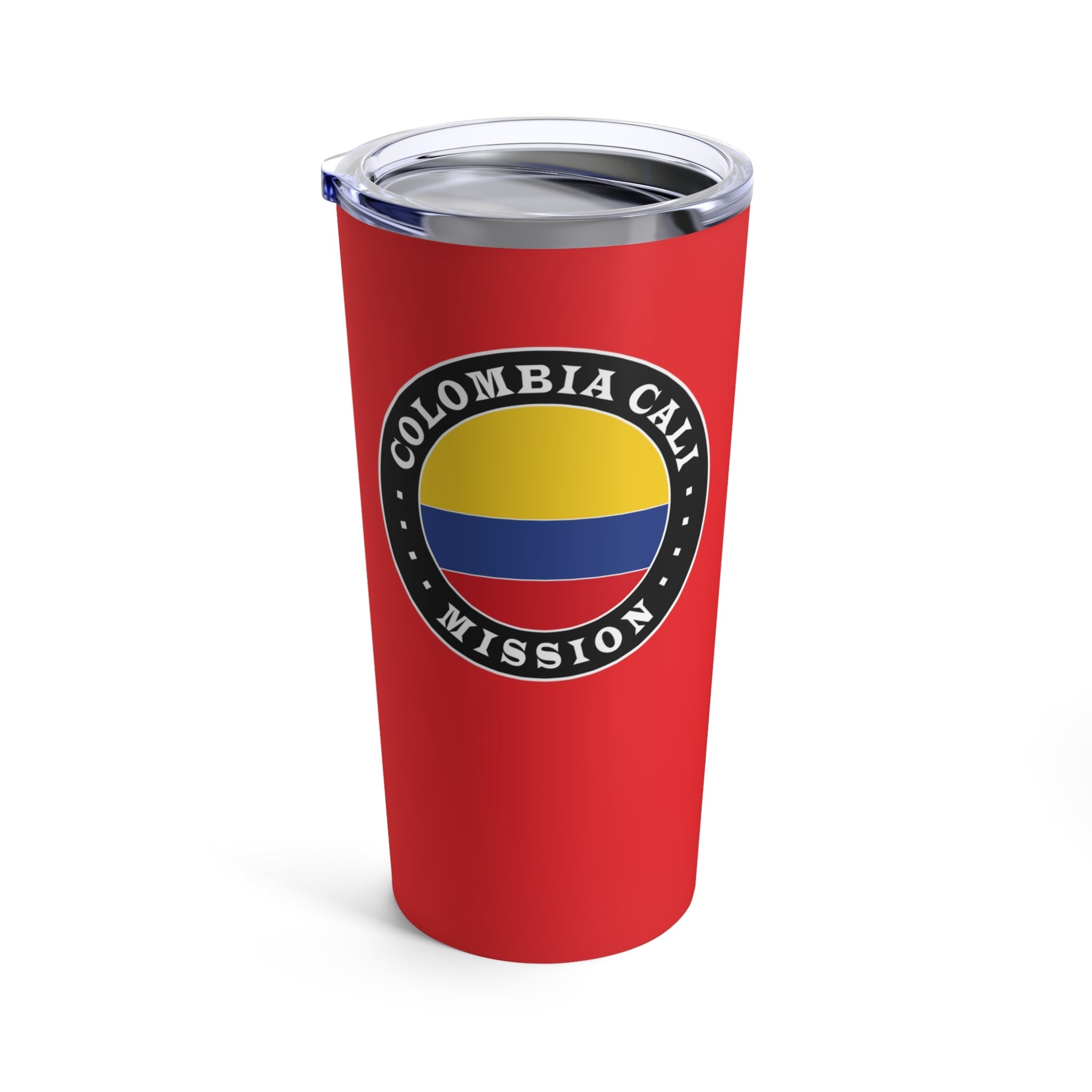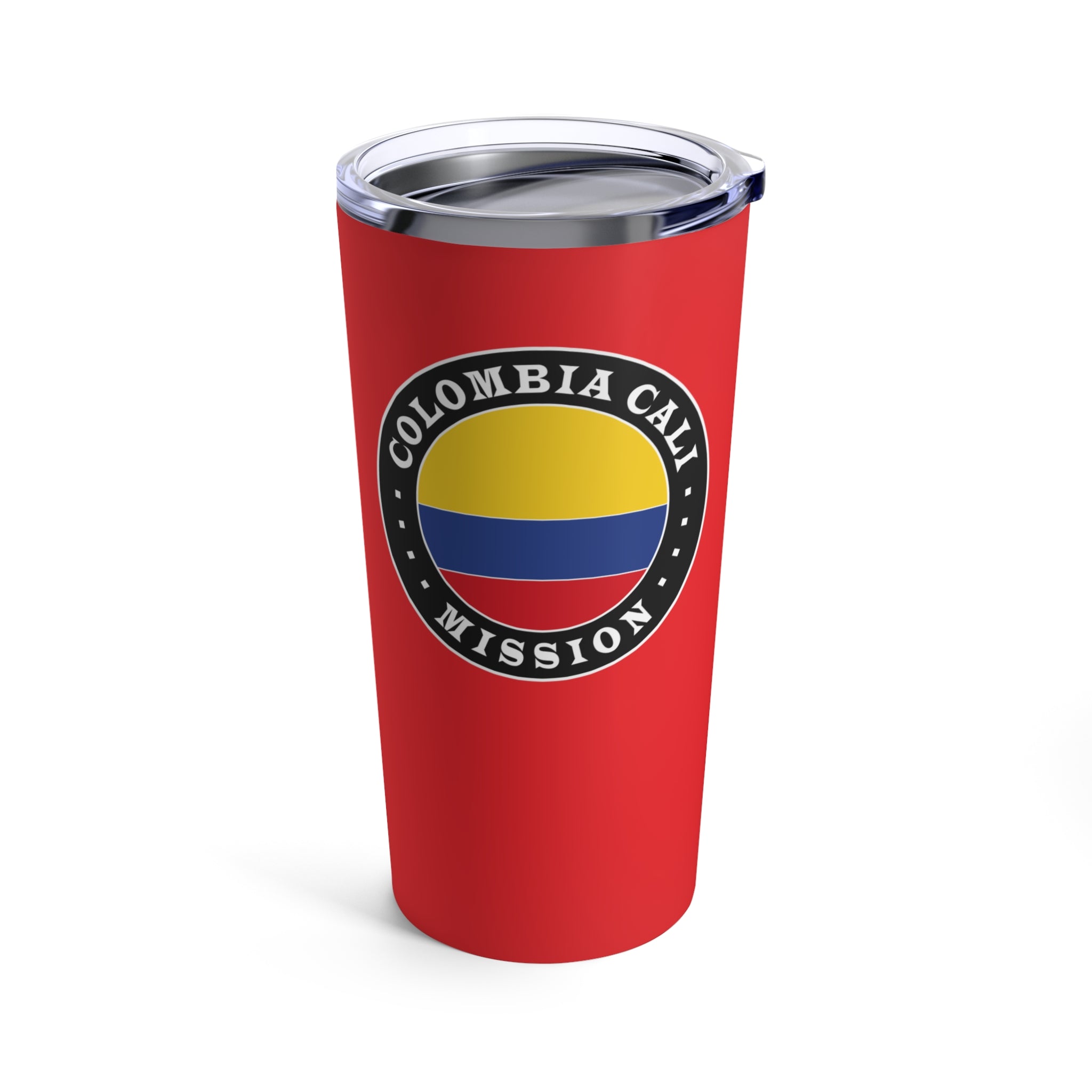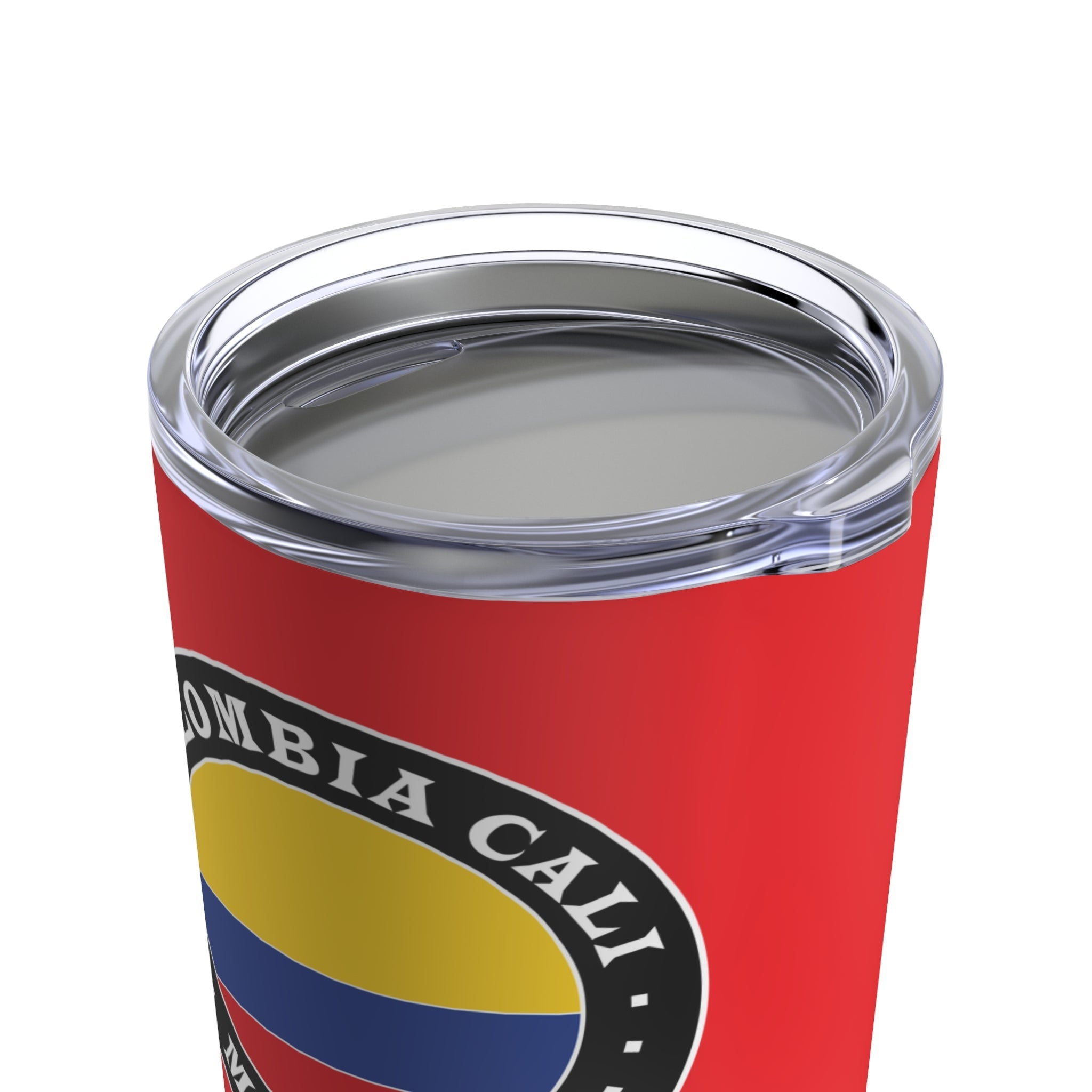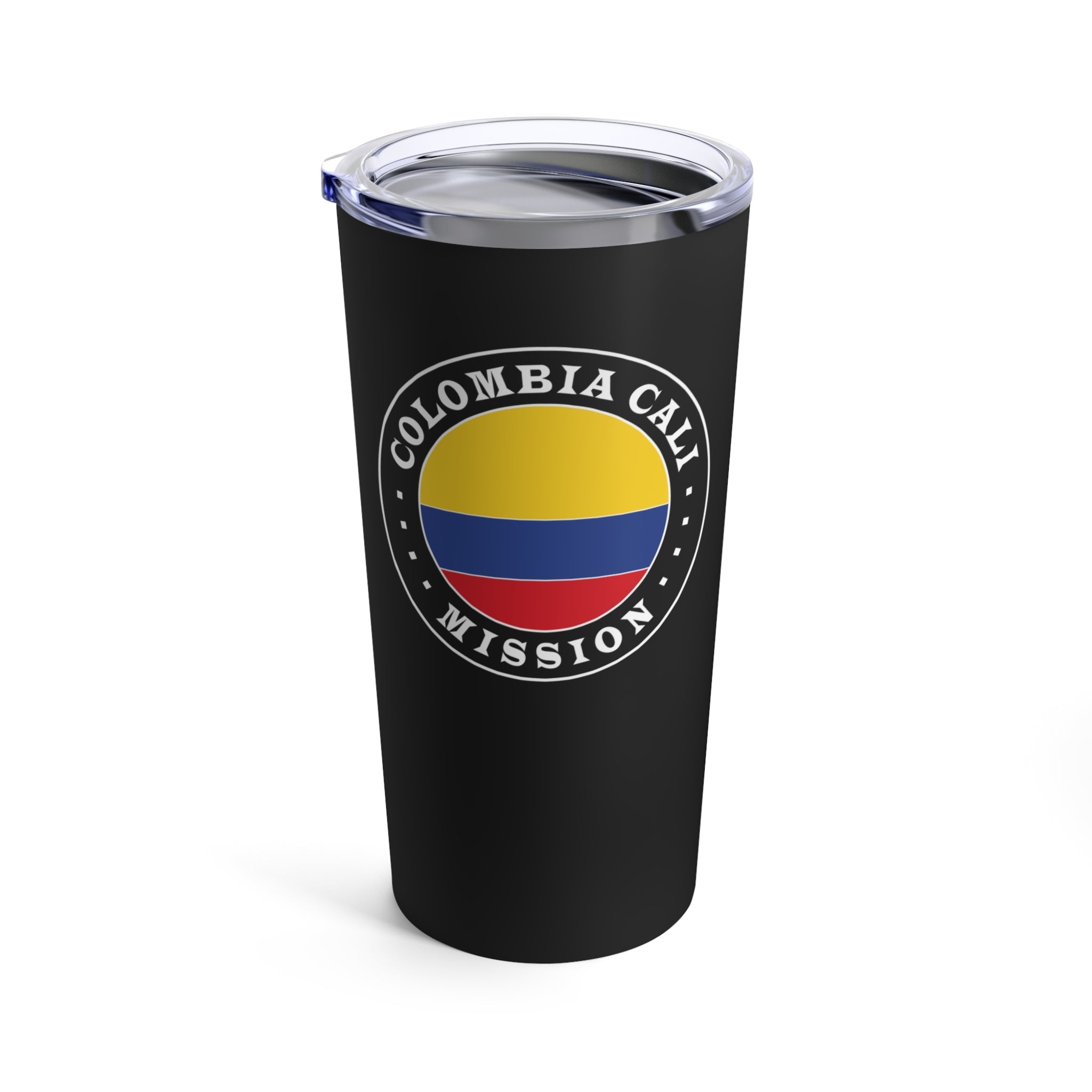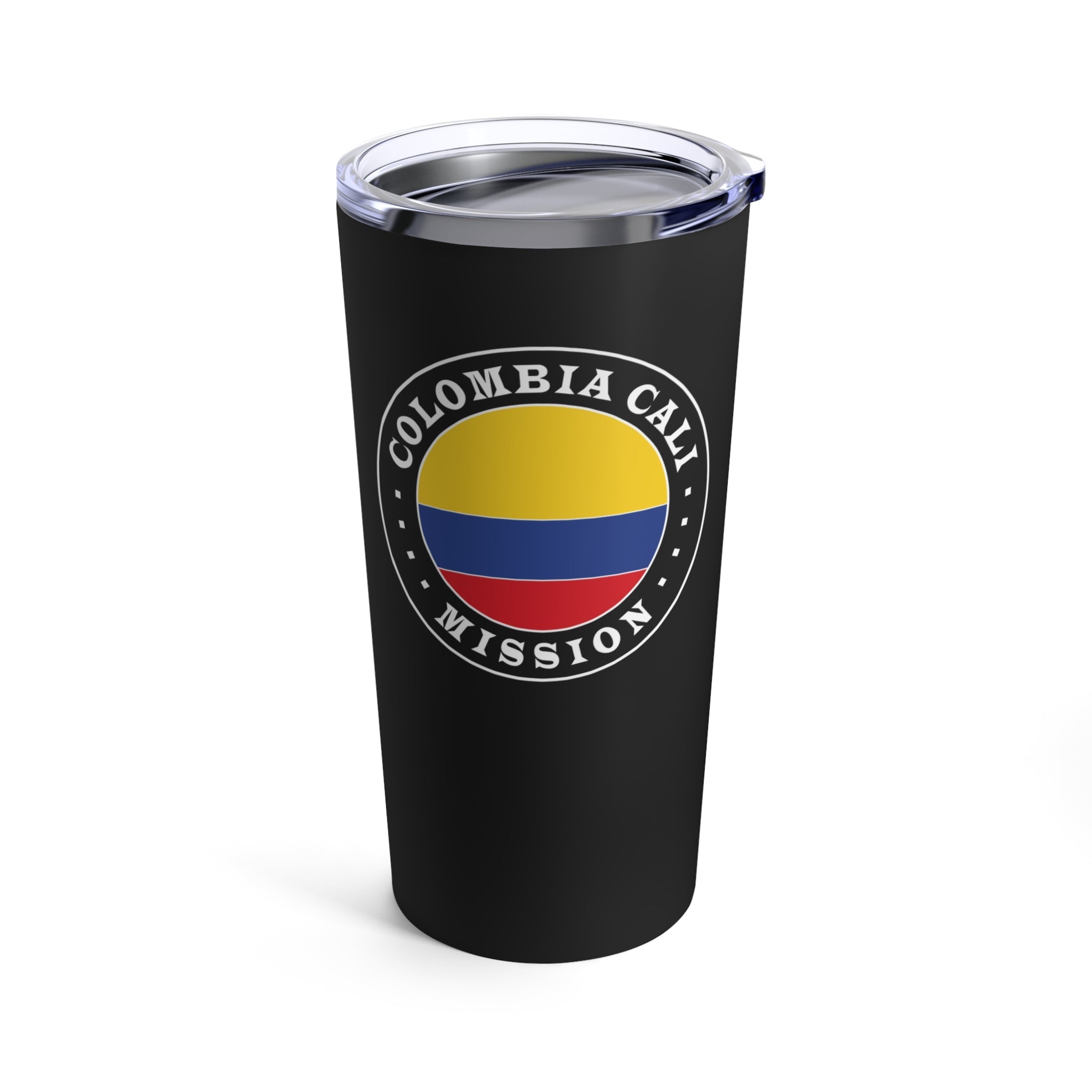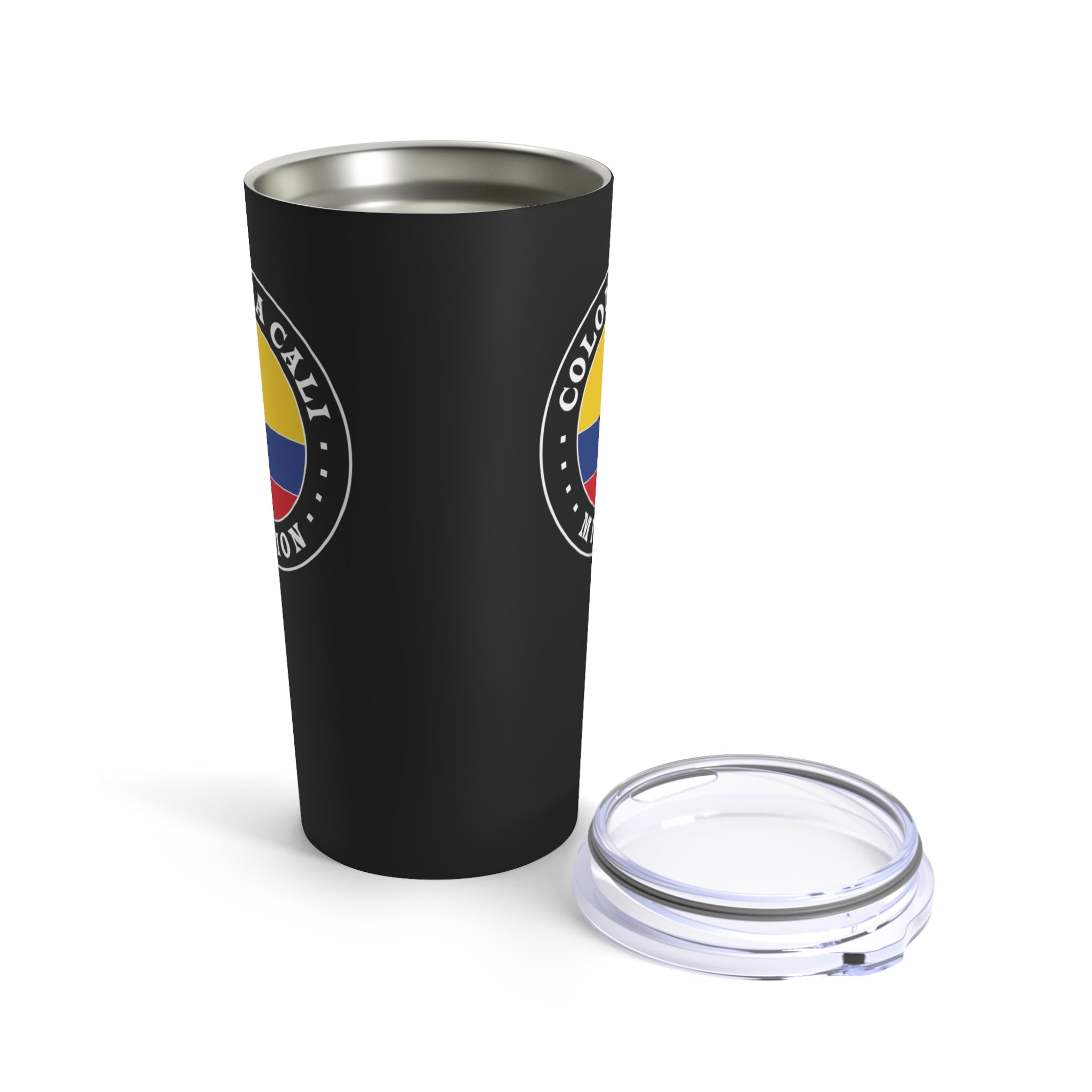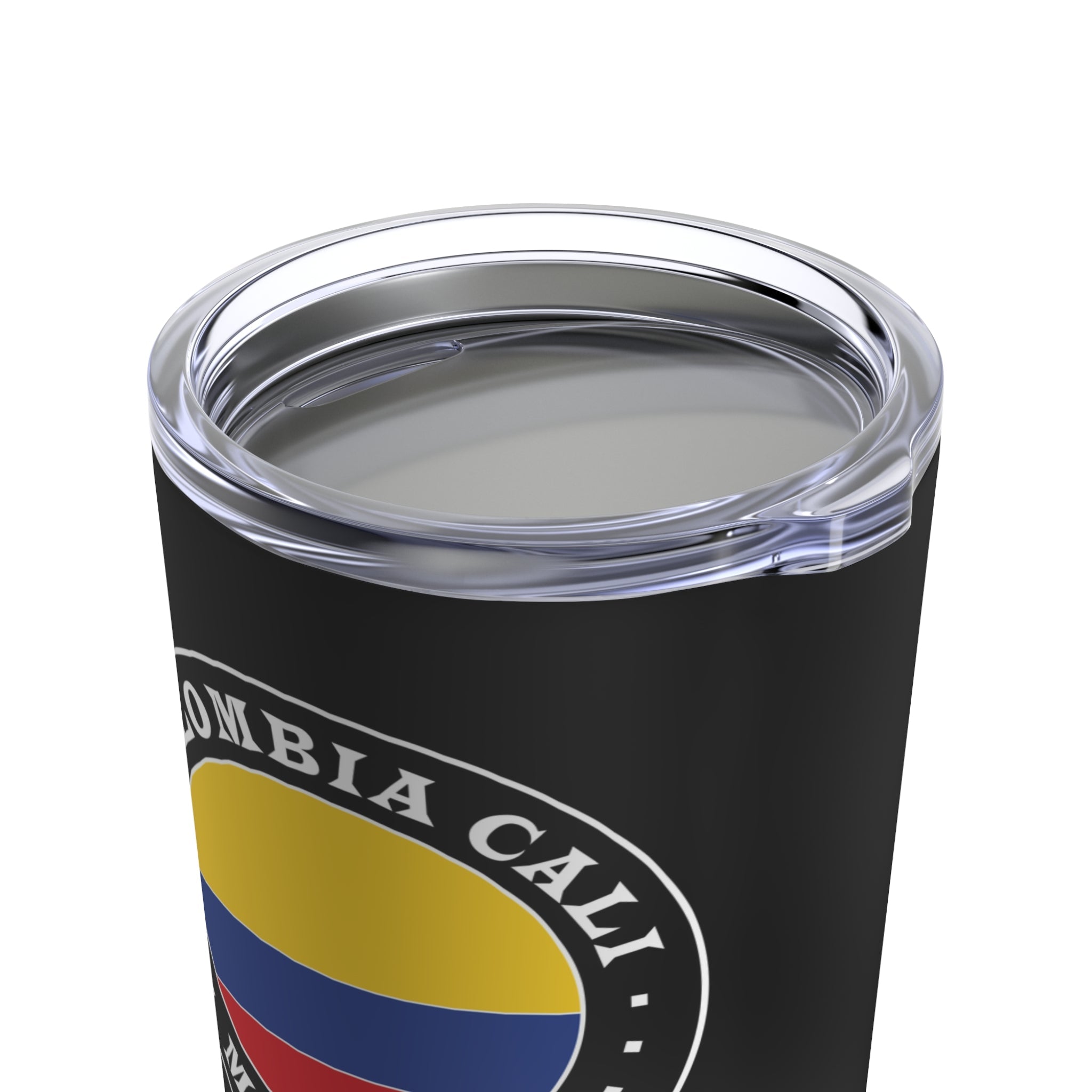In May 1966, Elder Spencer W. Kimball of the Quorum of the Twelve Apostles and a small group of missionaries traveled to Bogotá, where Elder Kimball dedicated Colombia for the preaching of the gospel and organized the first branch in the country. The gospel spread quickly from there; within months missionaries had begun preaching in Cali, Medellín, Pereira, and Bucaramanga. Colombians accepted the gospel so readily that a mission was organized in Colombia in 1971.
Church growth after the creation of the mission accelerated even more quickly. By 1977, when the first stake in Colombia was created in Bogotá, nearly 12,000 members were living in the country. In April 1984, Colombian Saints celebrated the announcement of a temple in the country. However, ongoing difficulty with land acquisition and construction delayed the project. In the meantime, many Colombian Saints made significant sacrifices to attend the temple in other countries. In April 1999, 15 years after the temple was announced, it was finally dedicated. On the first day the temple was open, Saints participated in ordinances around the clock. A second temple, in Barranquilla, was dedicated in 2018.
Colombian Saints have frequently reached out in love and kindness to their neighbors and exemplified true servants of Christ by doing “the will of God from the heart” (Ephesians 6:6). In 2016, to celebrate the Church’s 50th anniversary in Colombia, Saints from all over the country participated in service projects, blood drives, family history exhibitions, and interfaith dialogues across the country.
